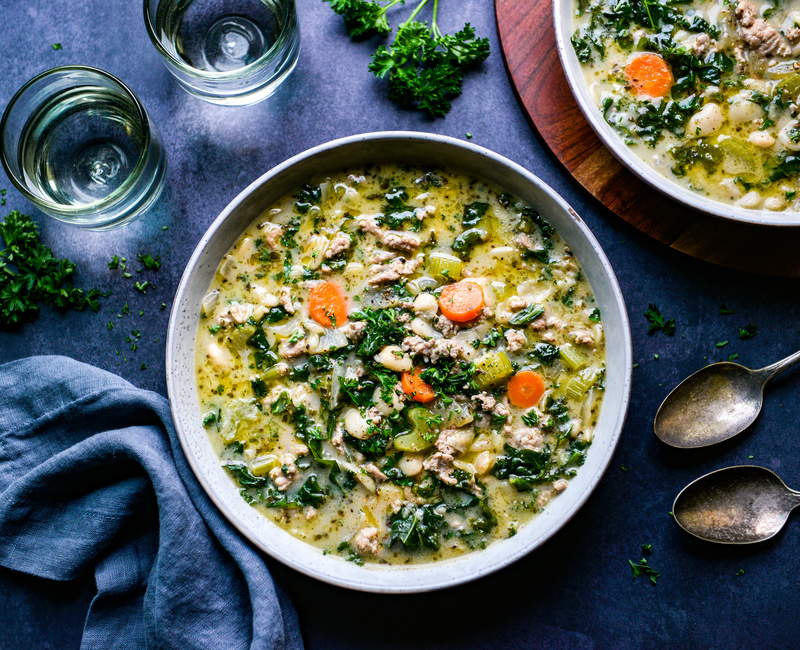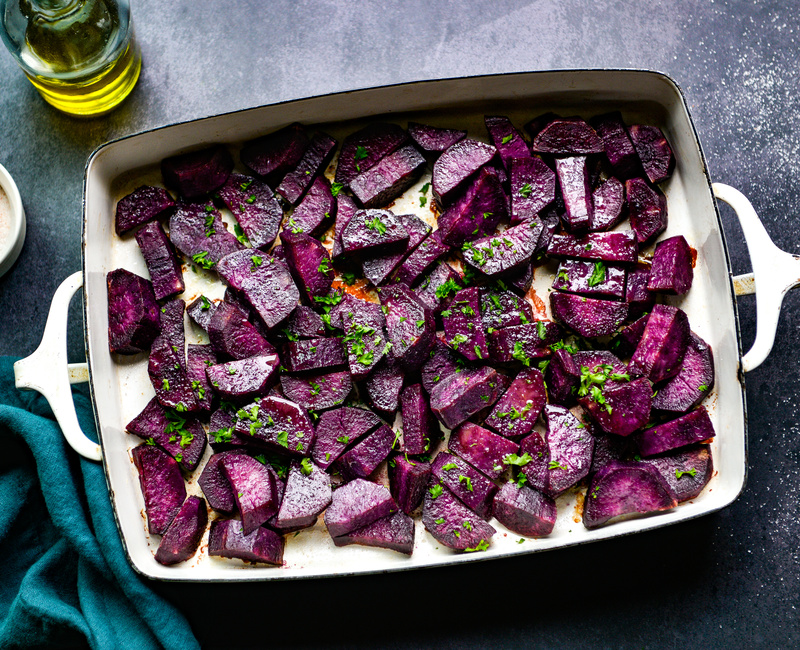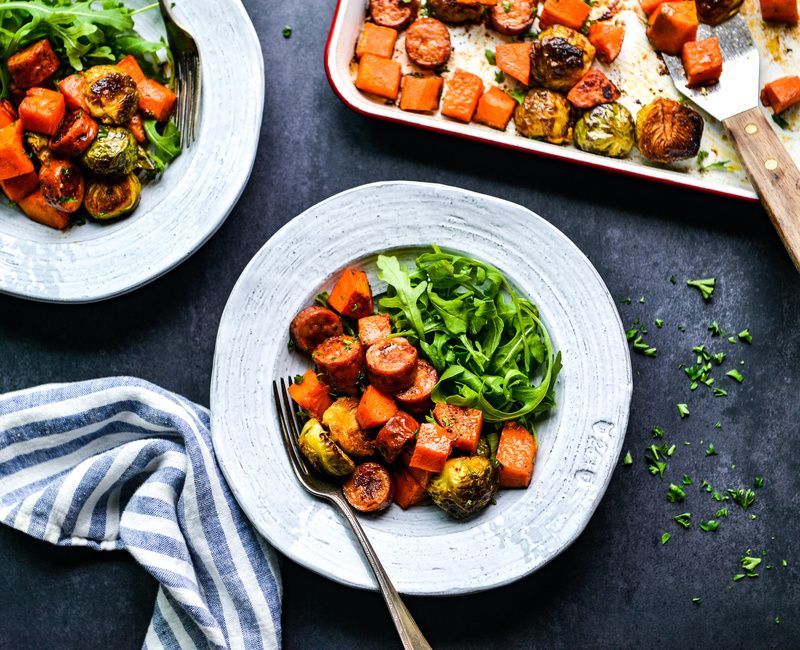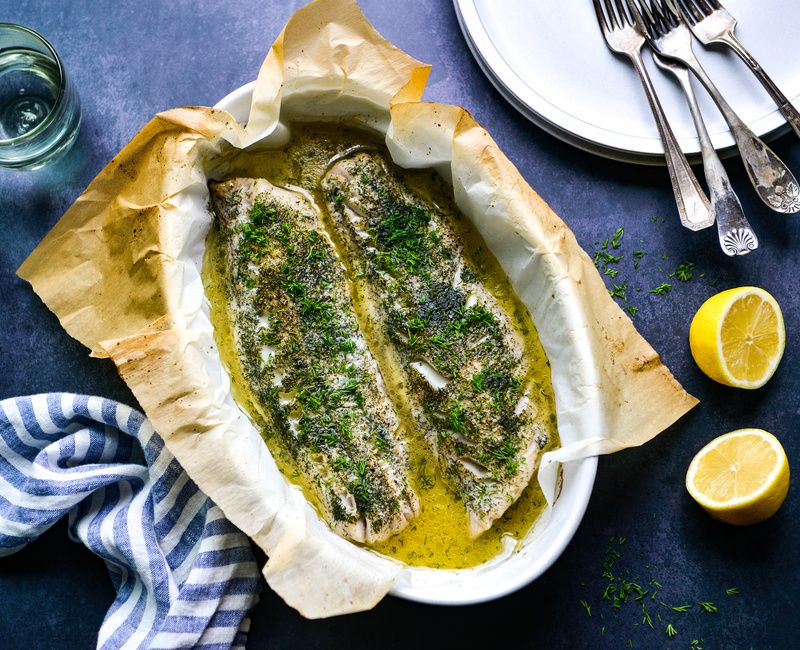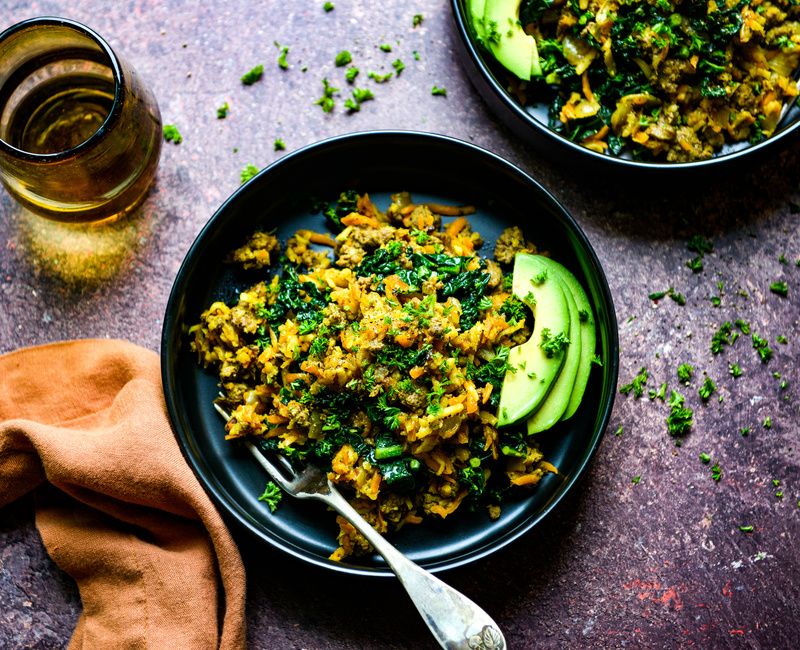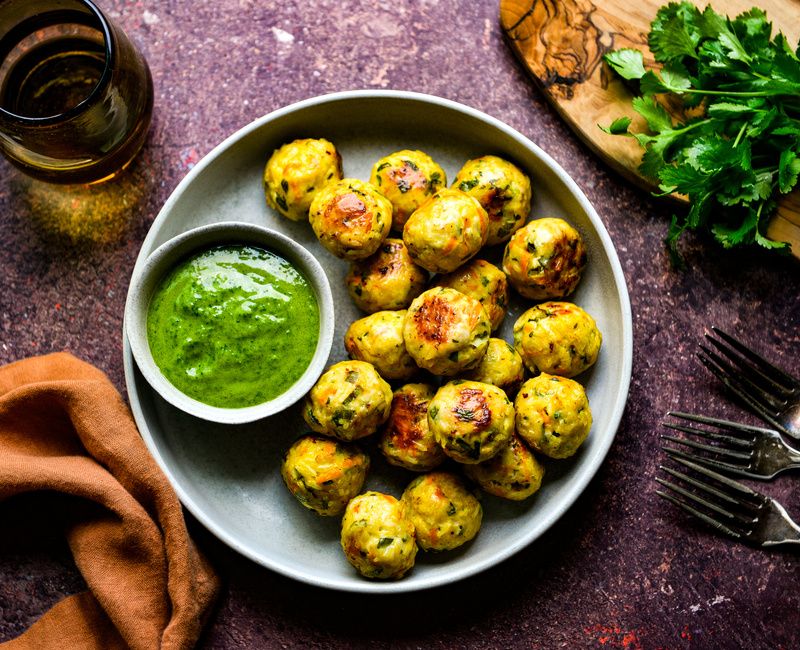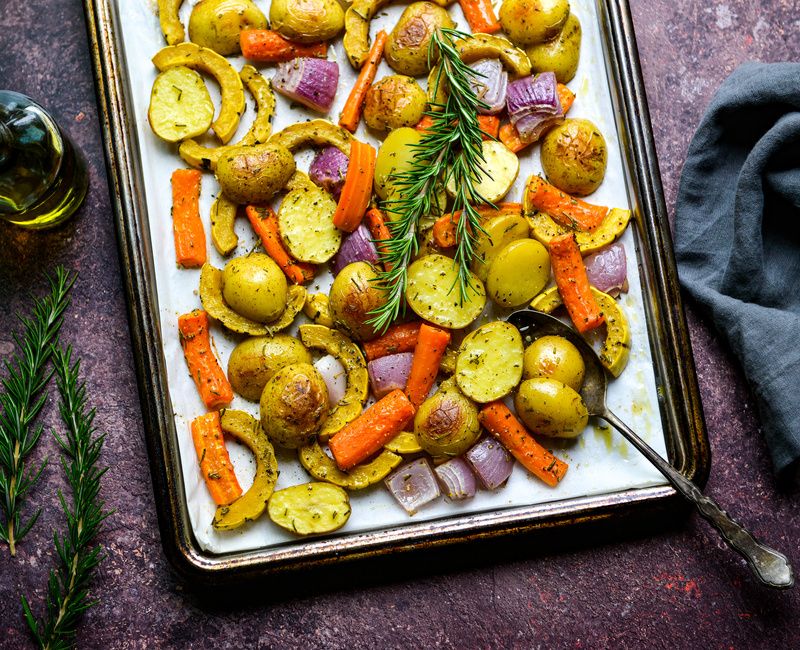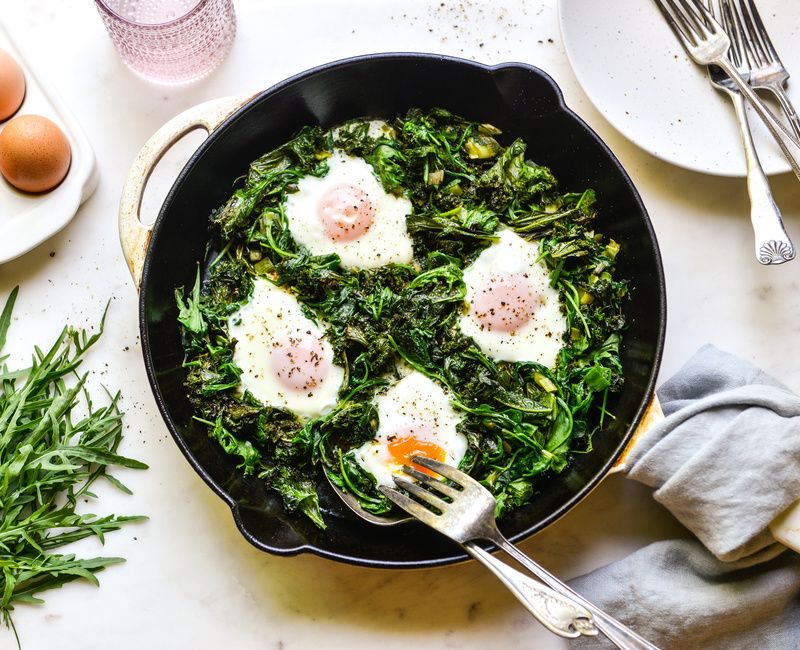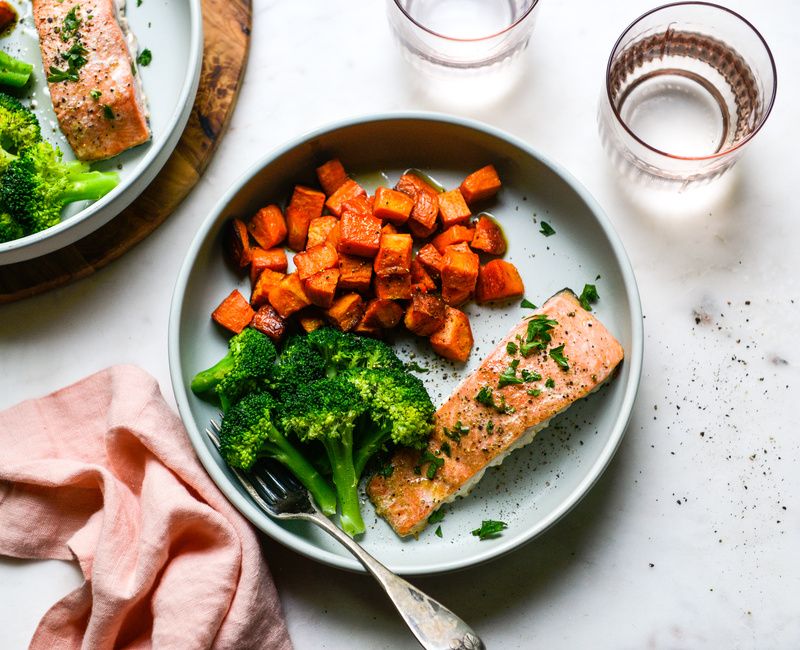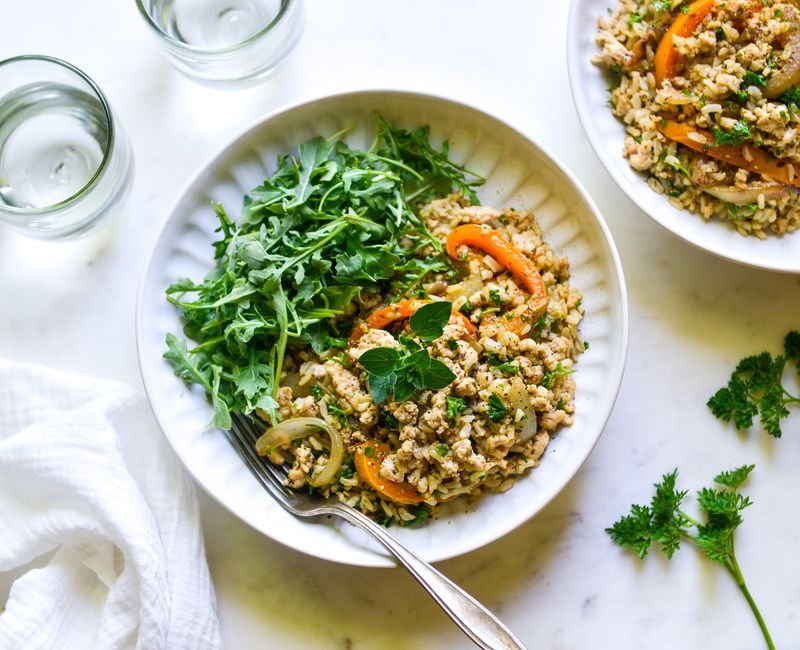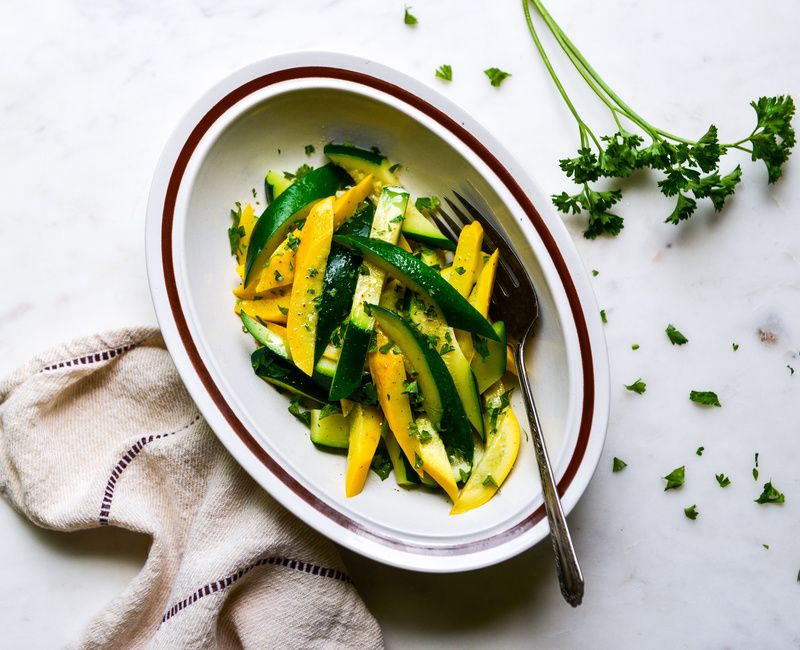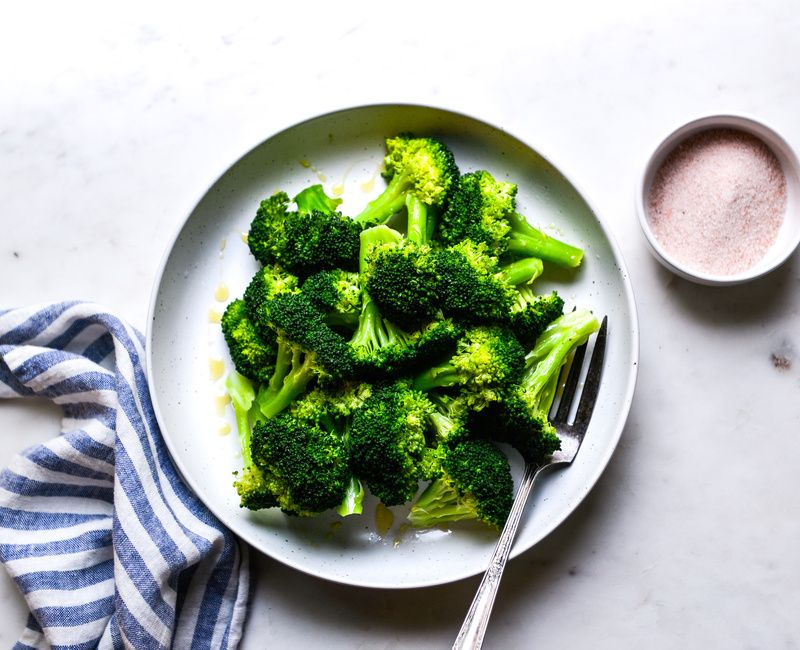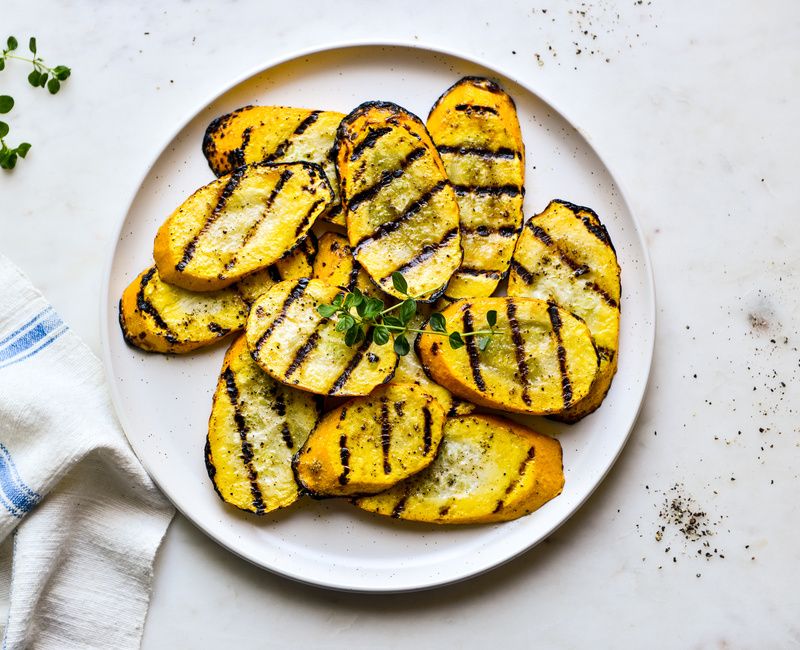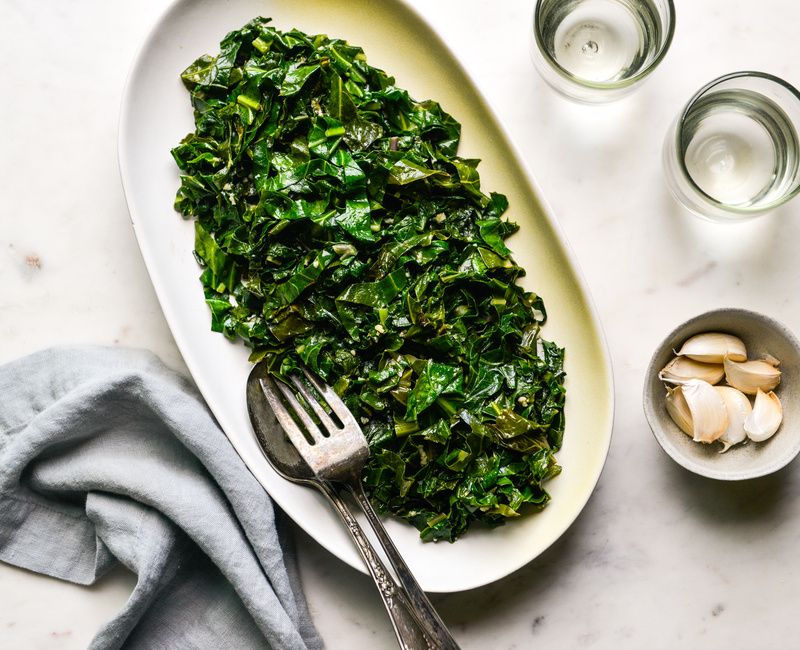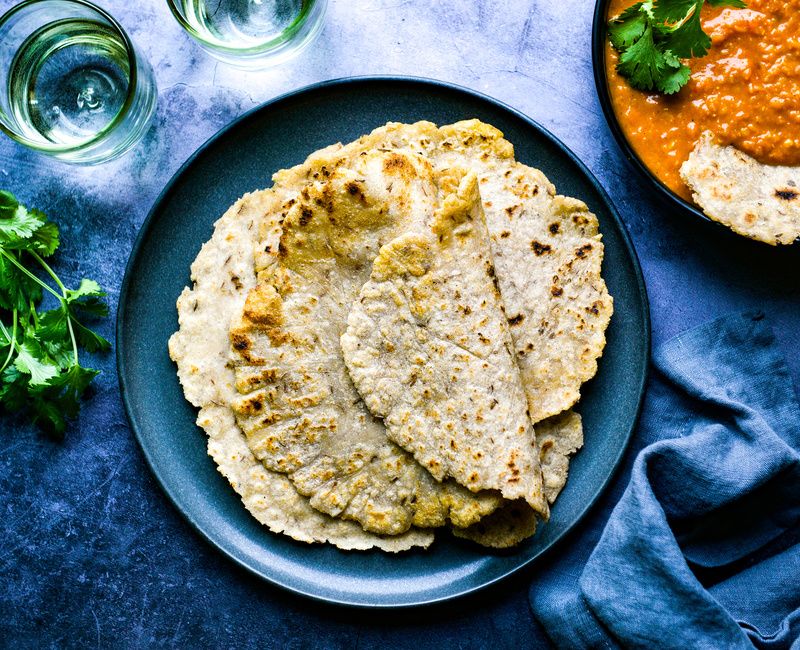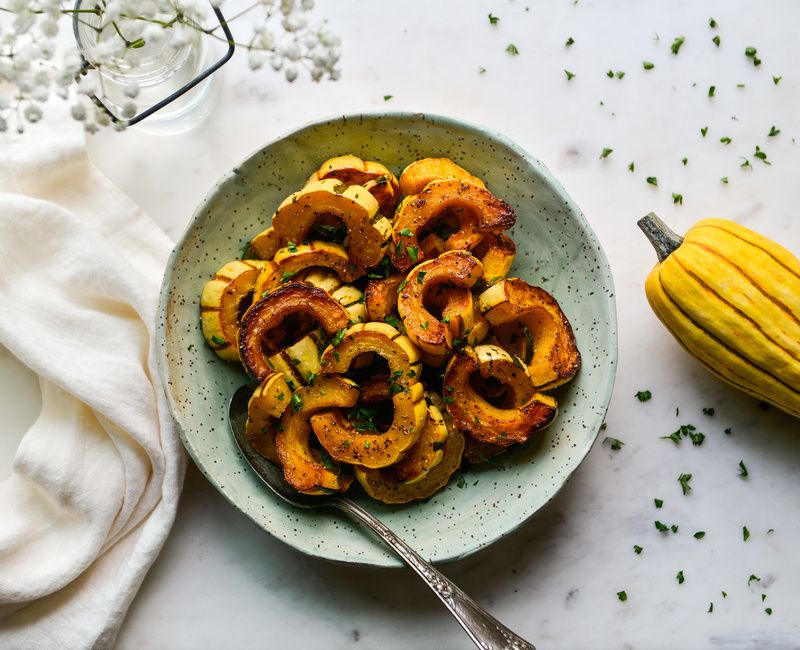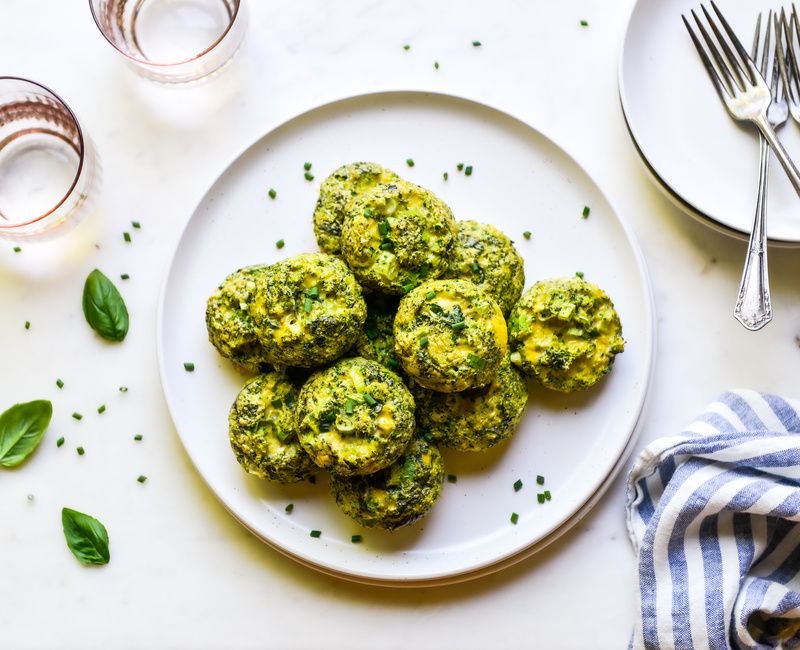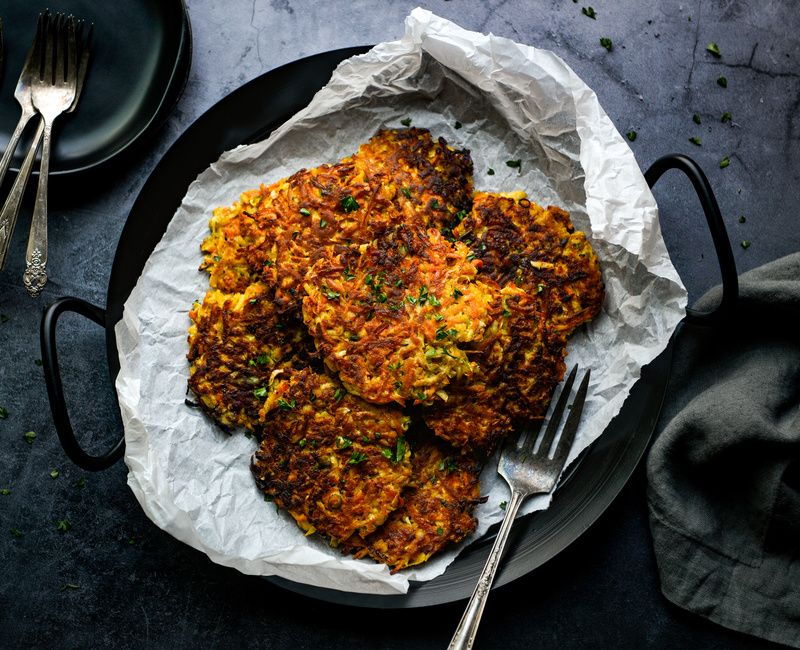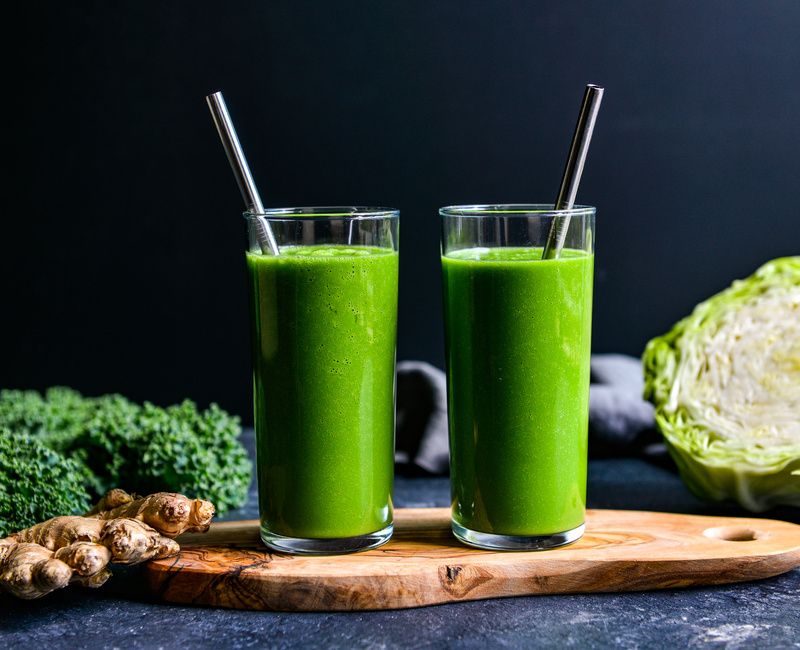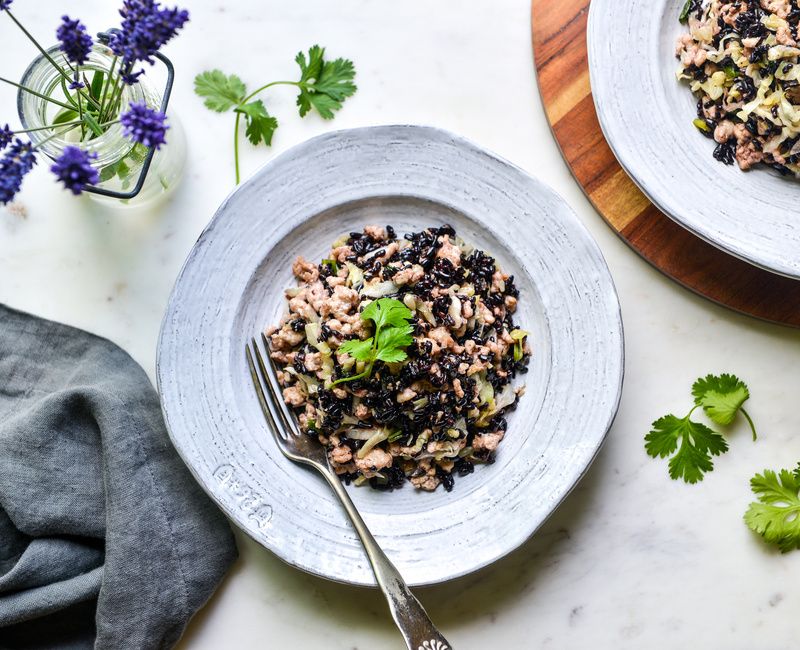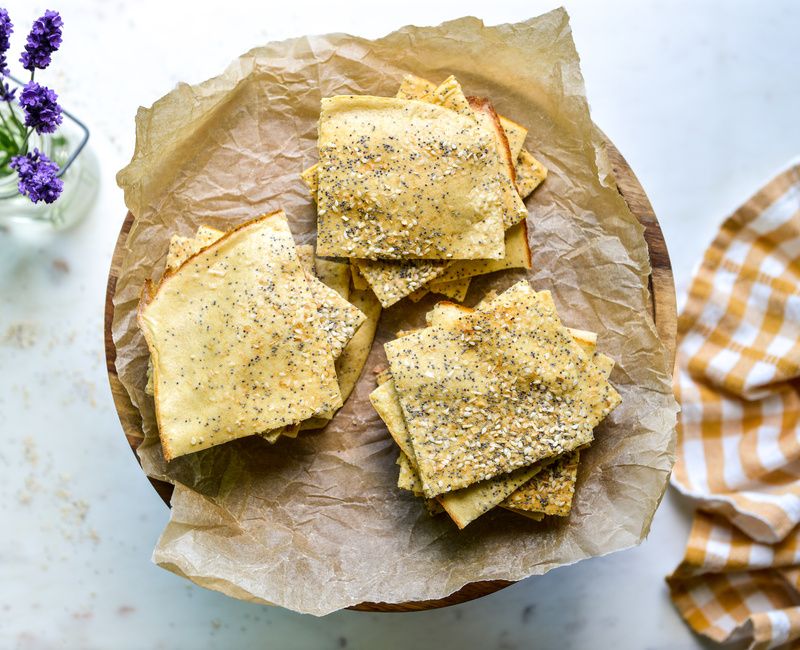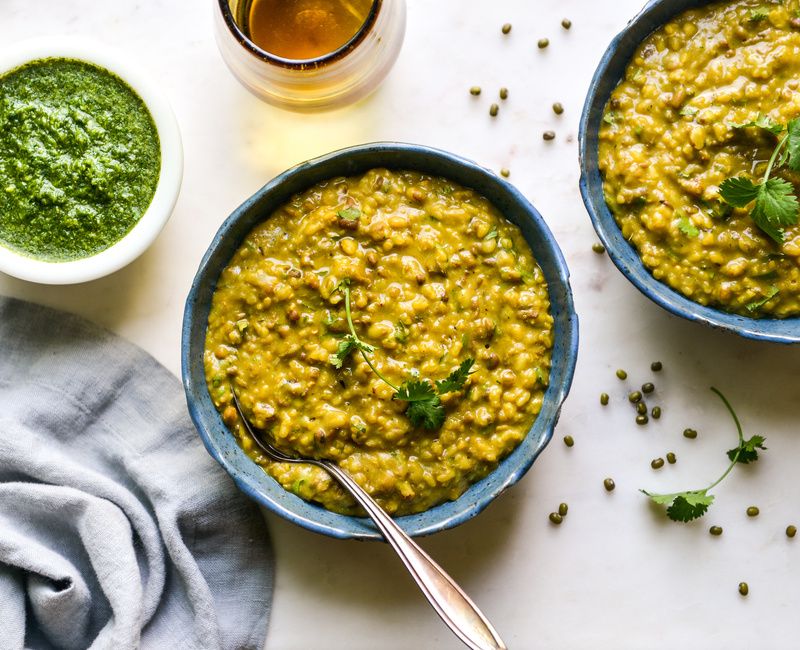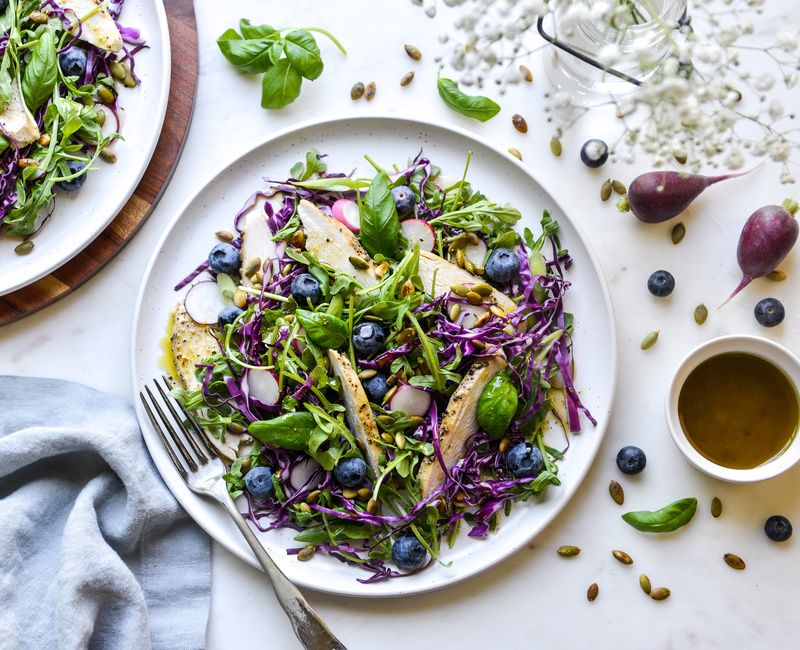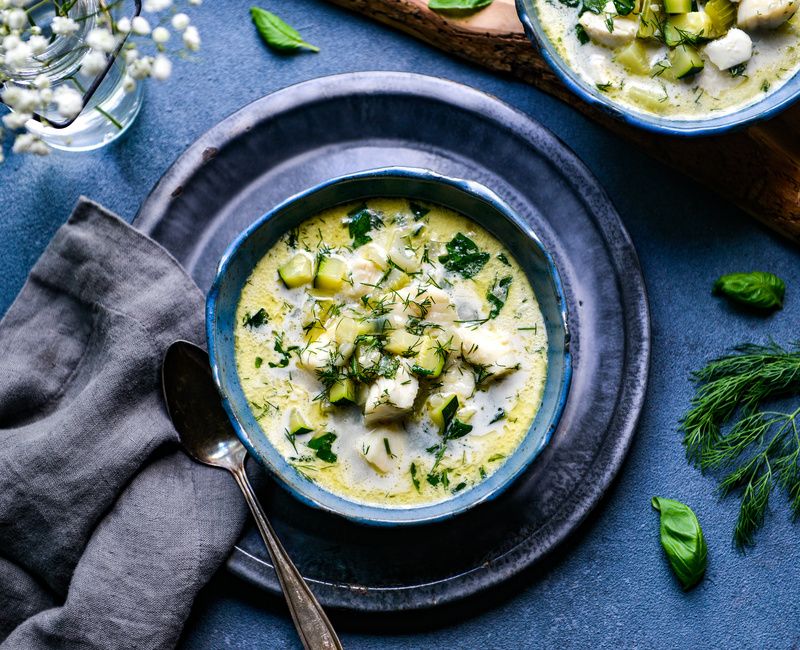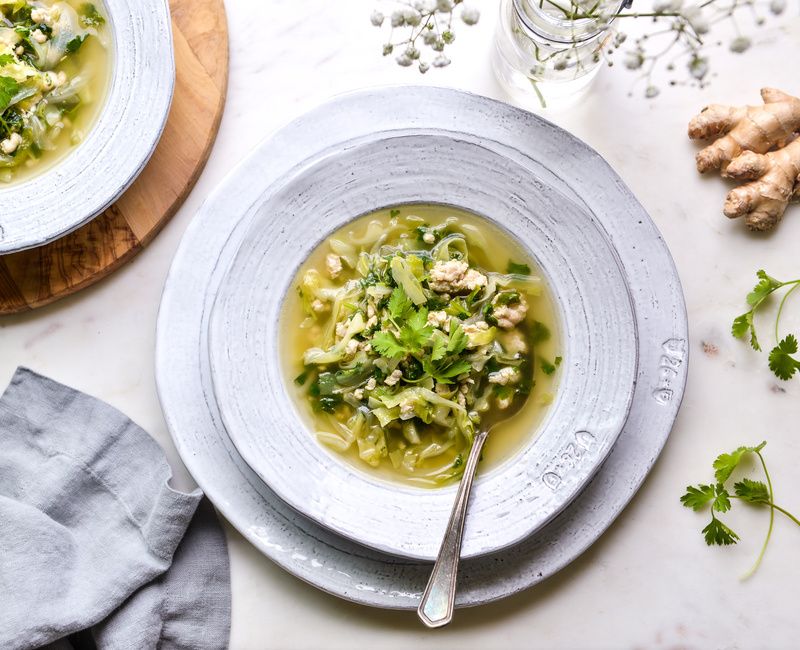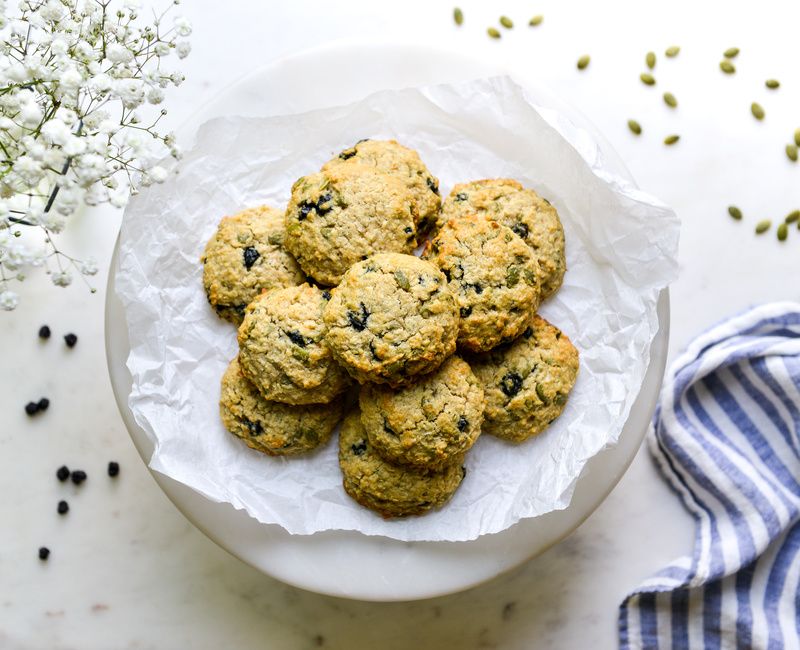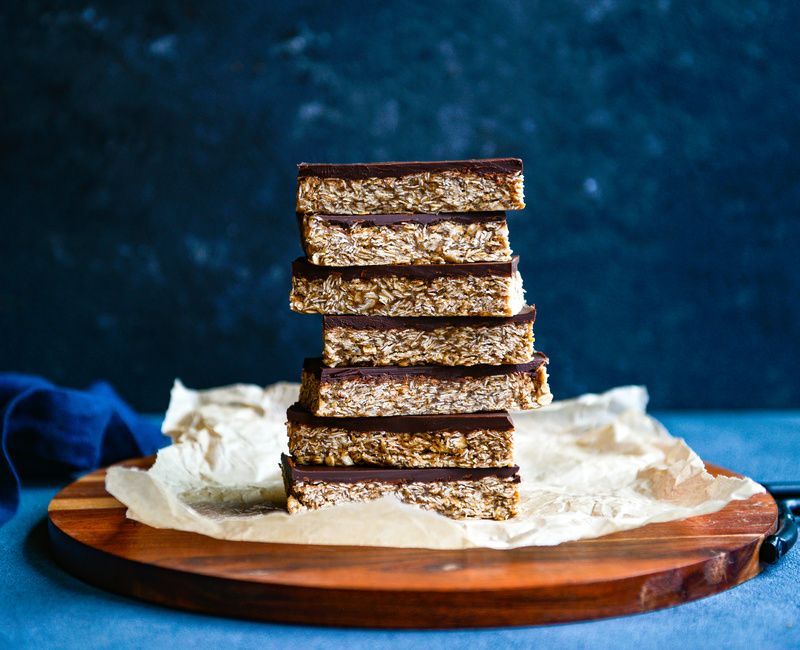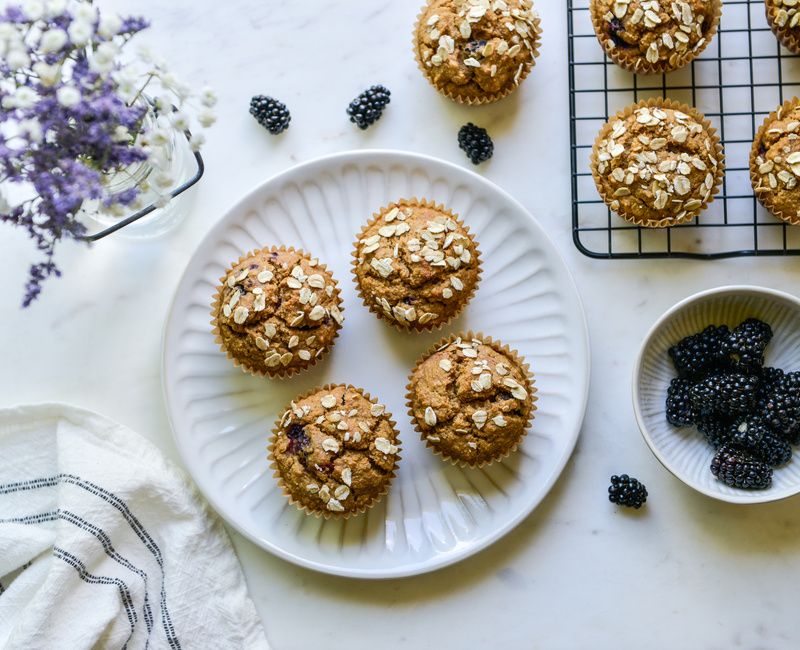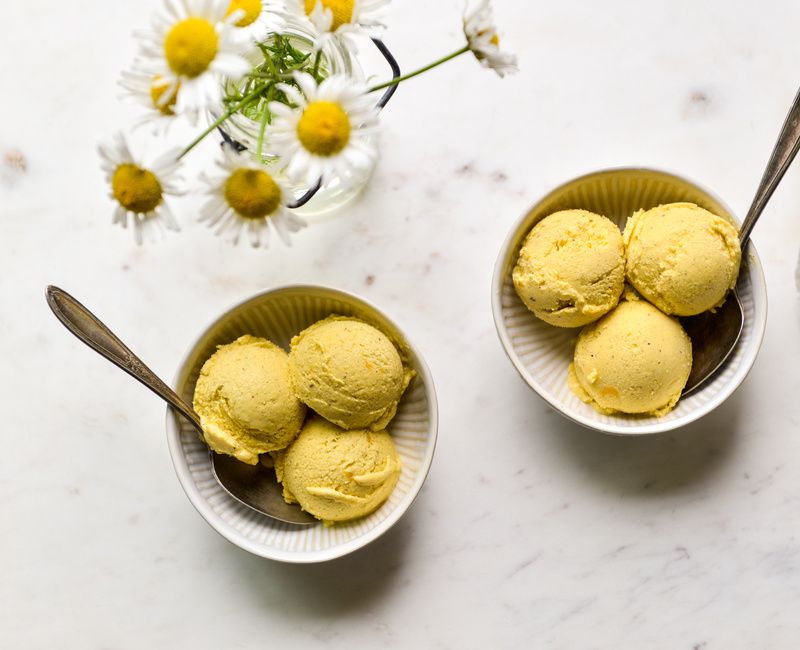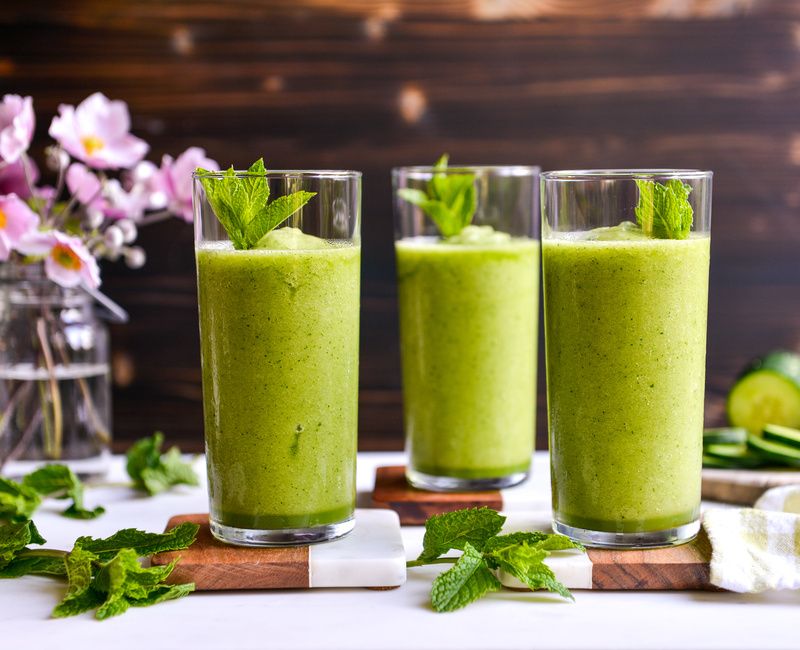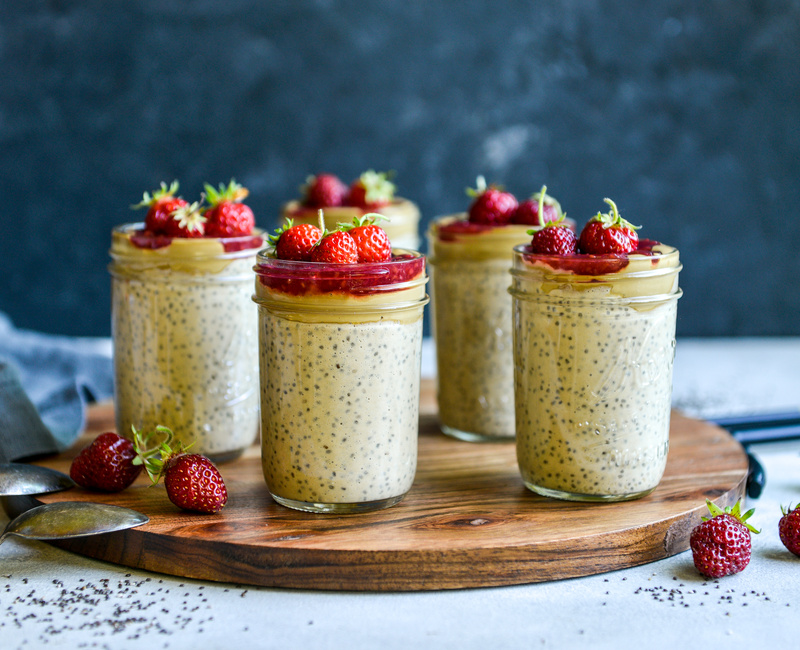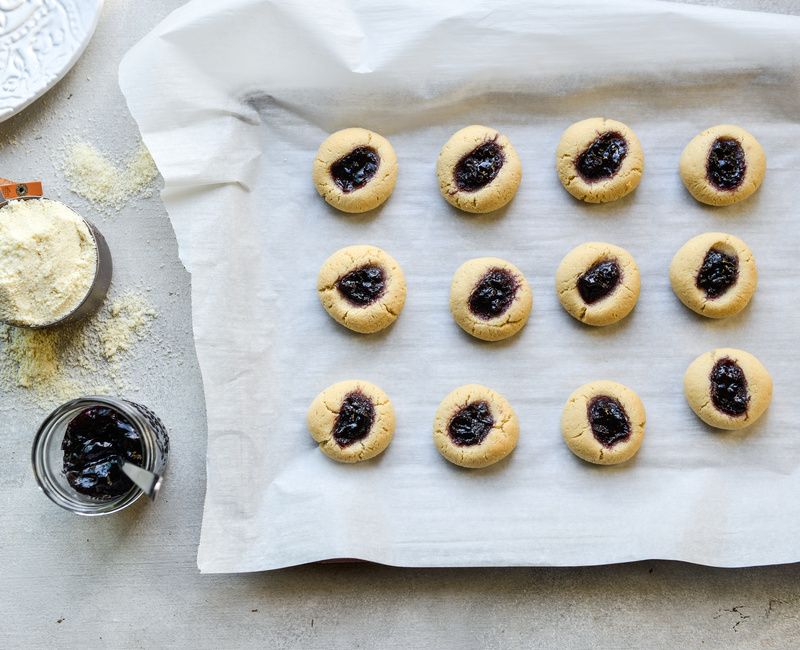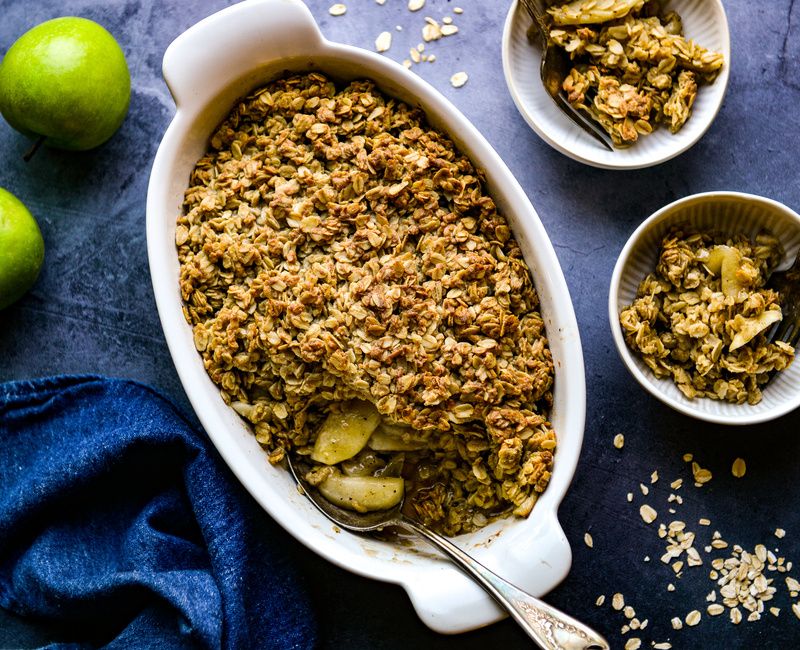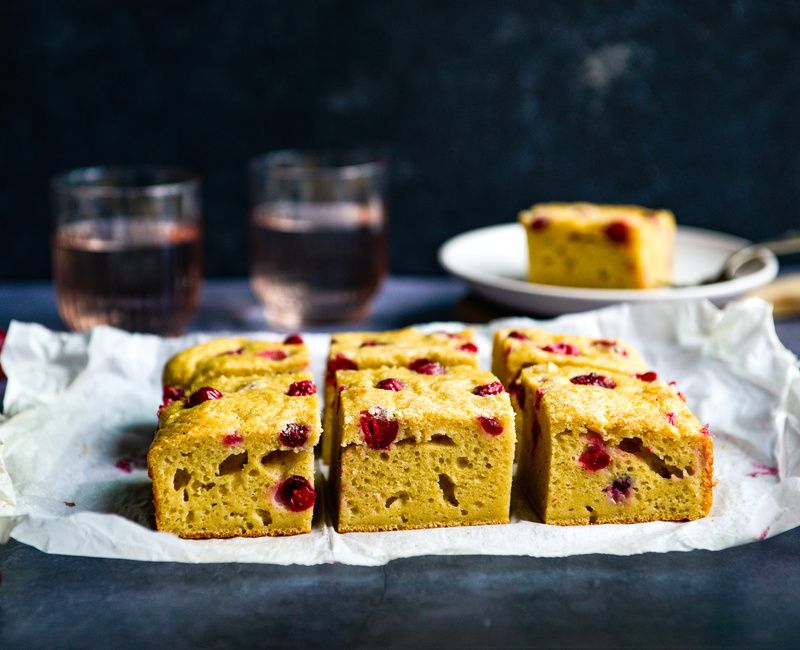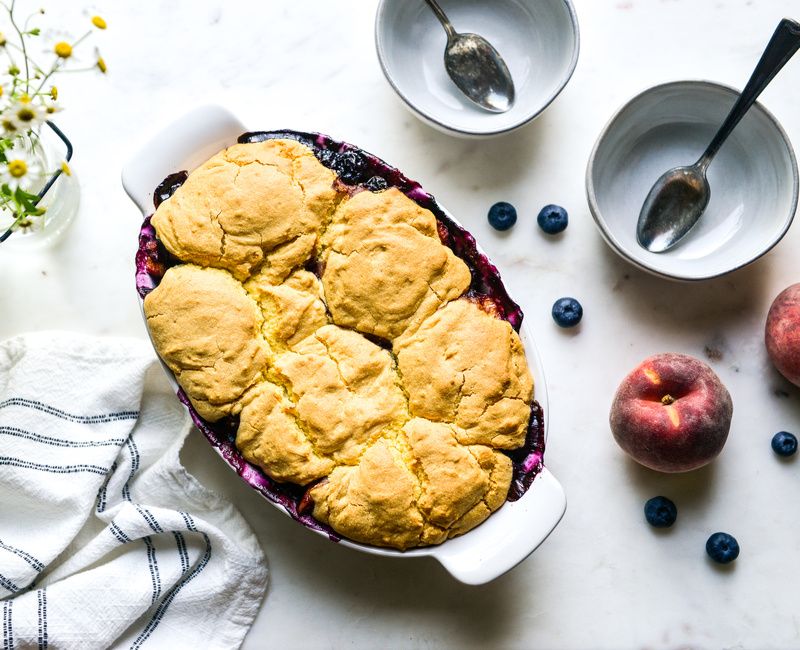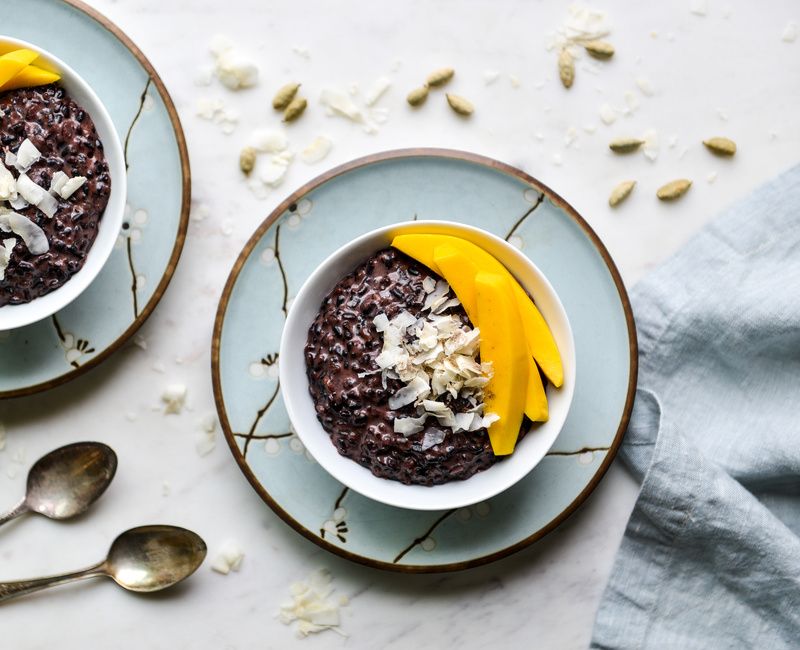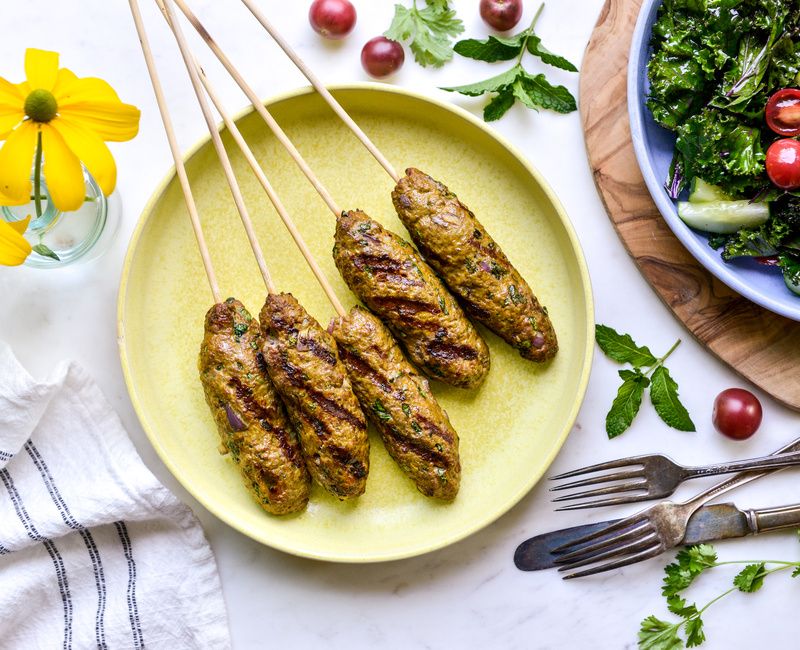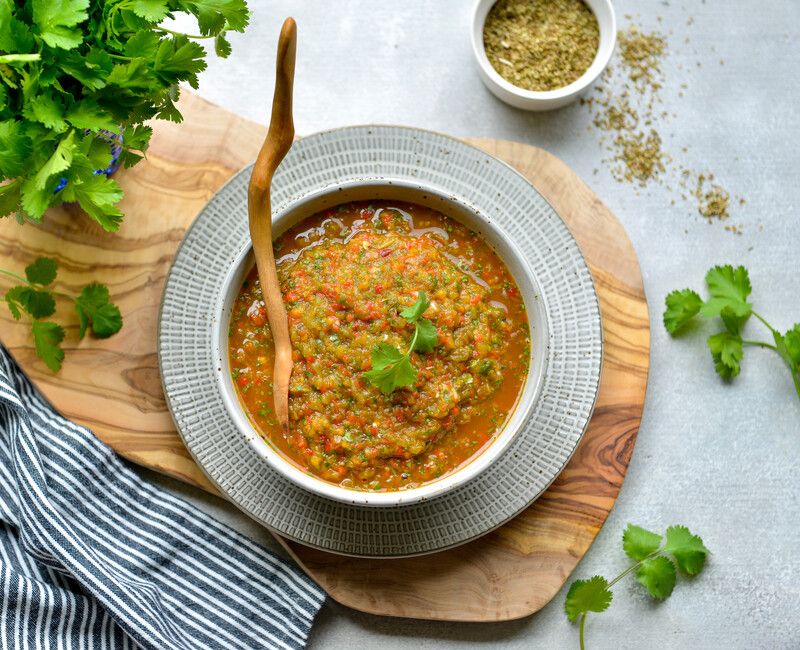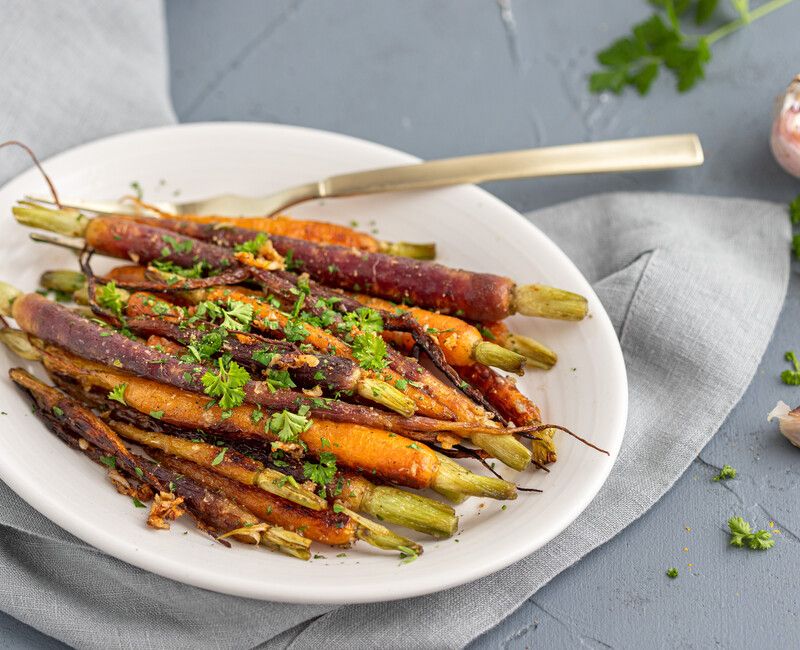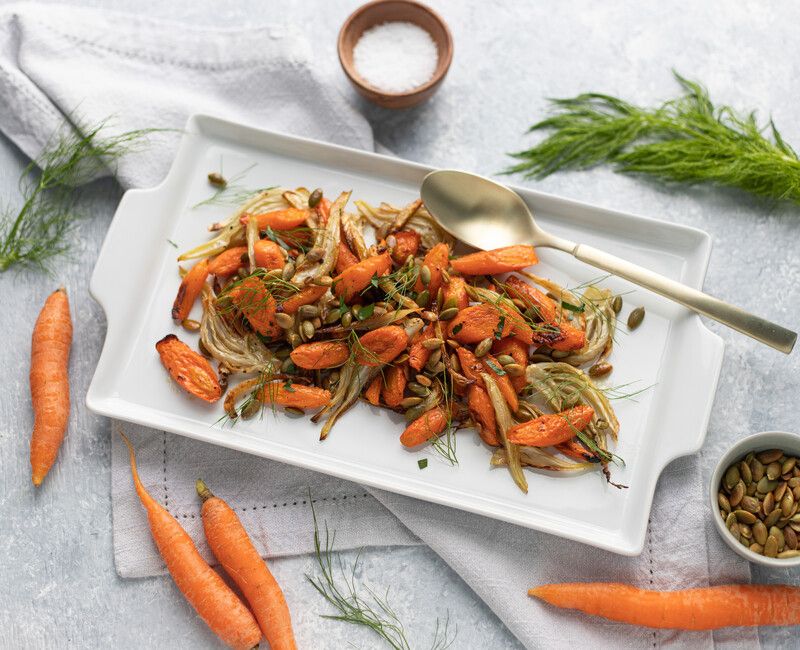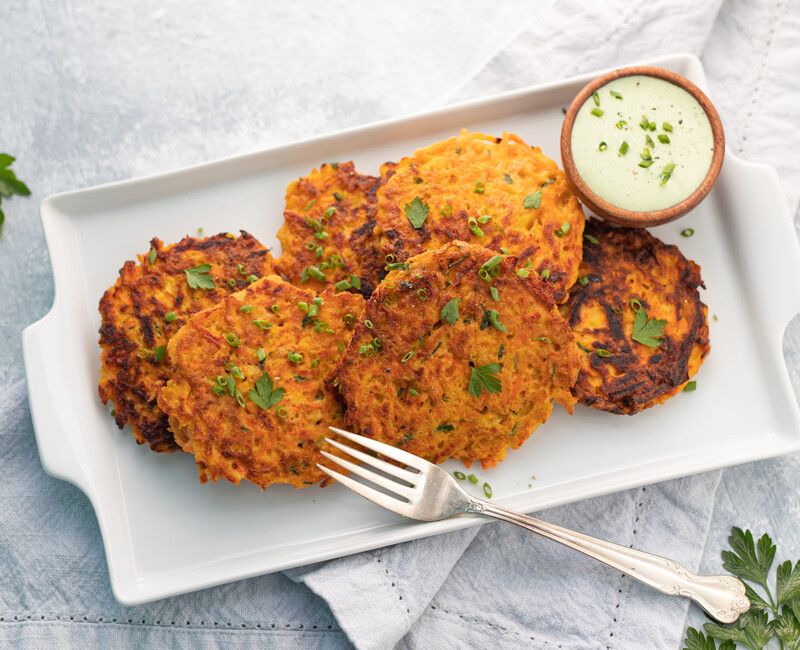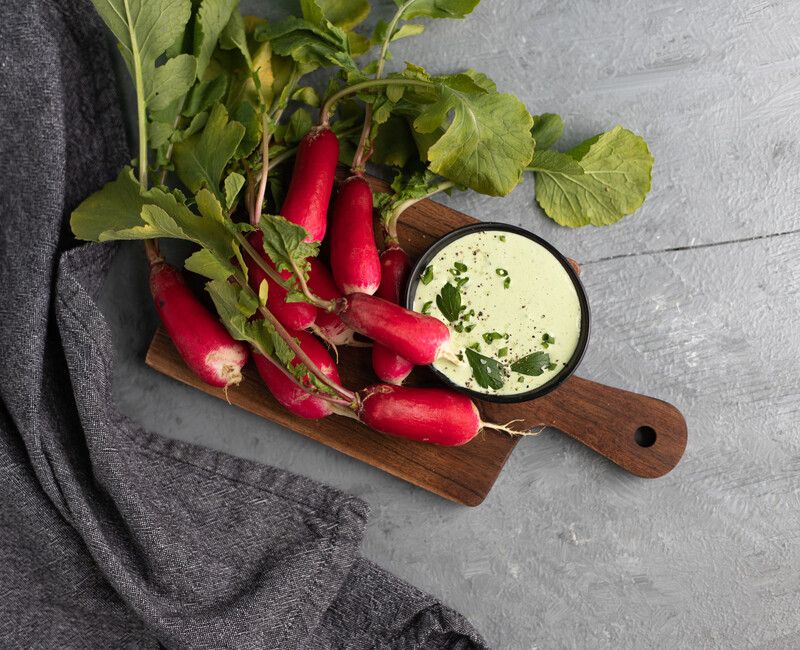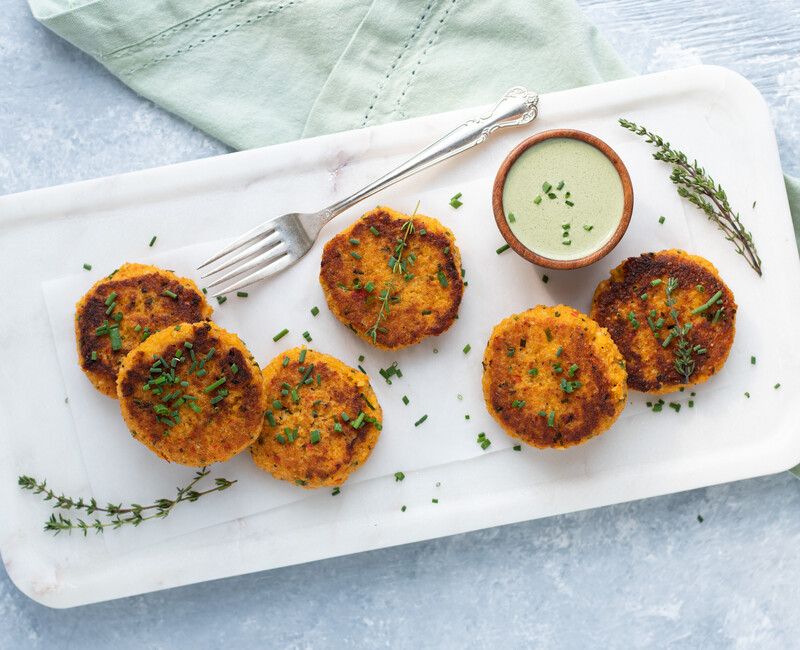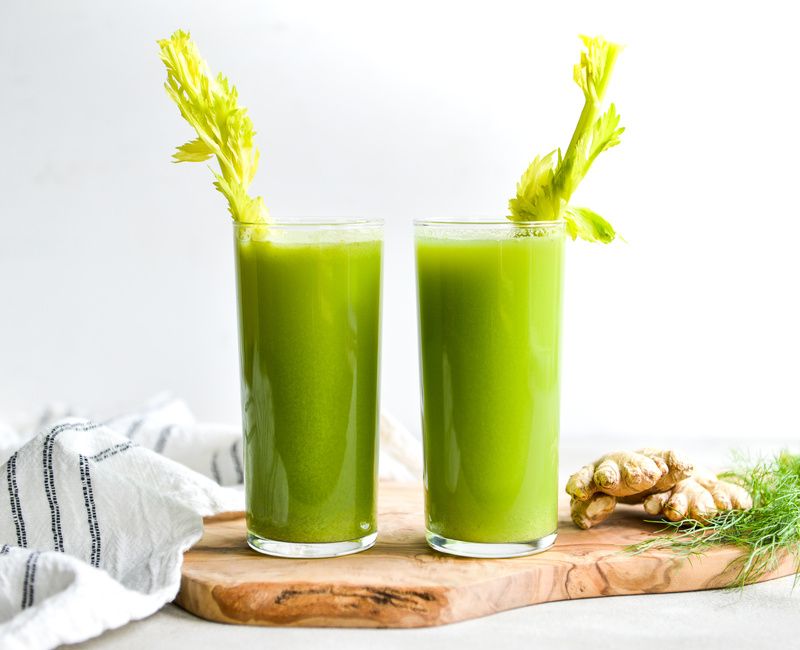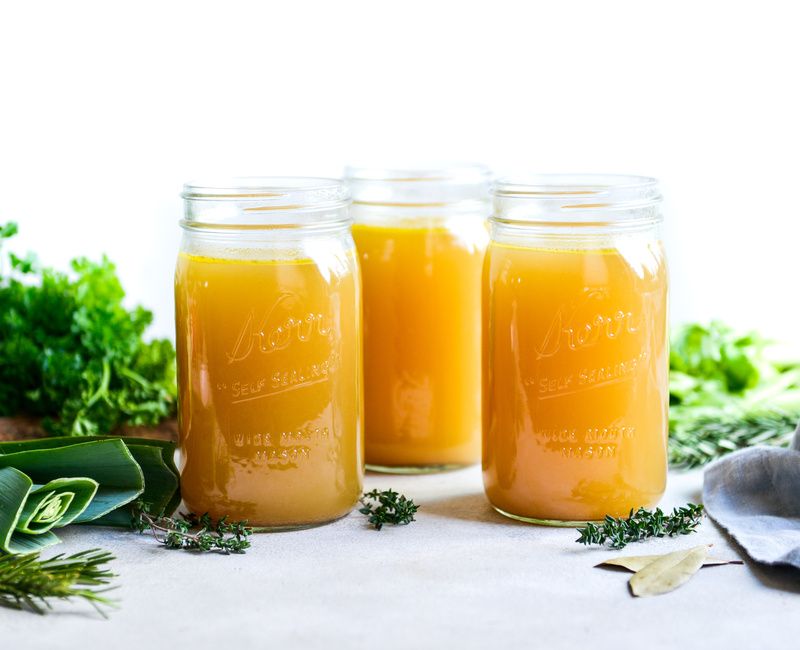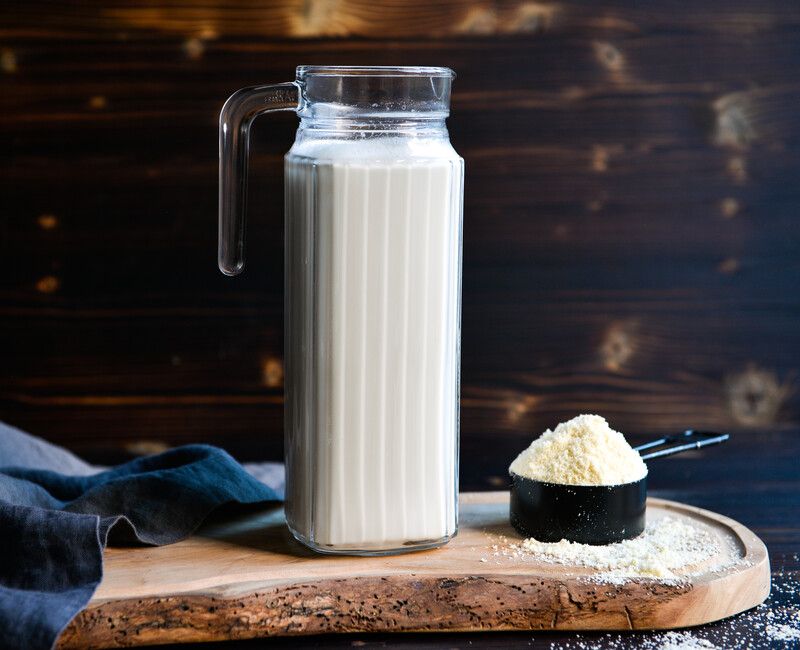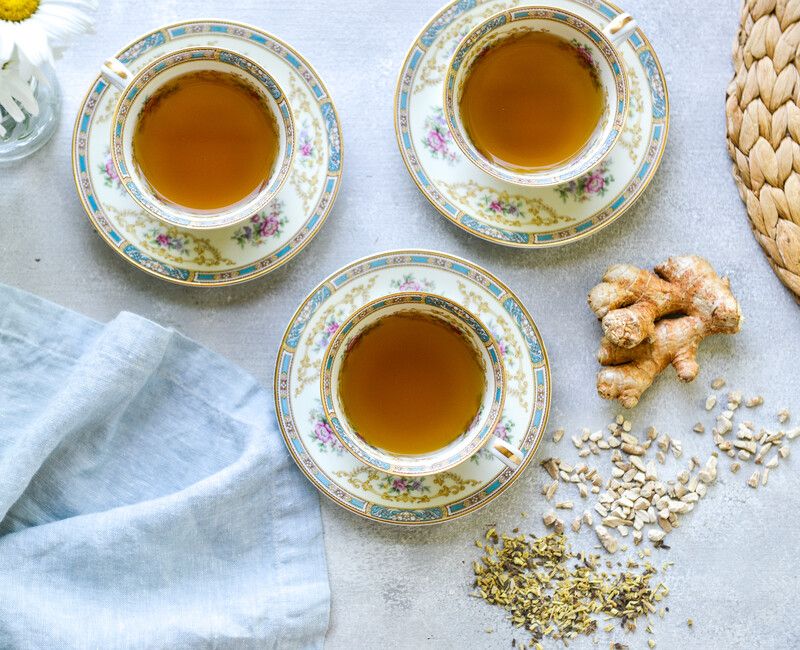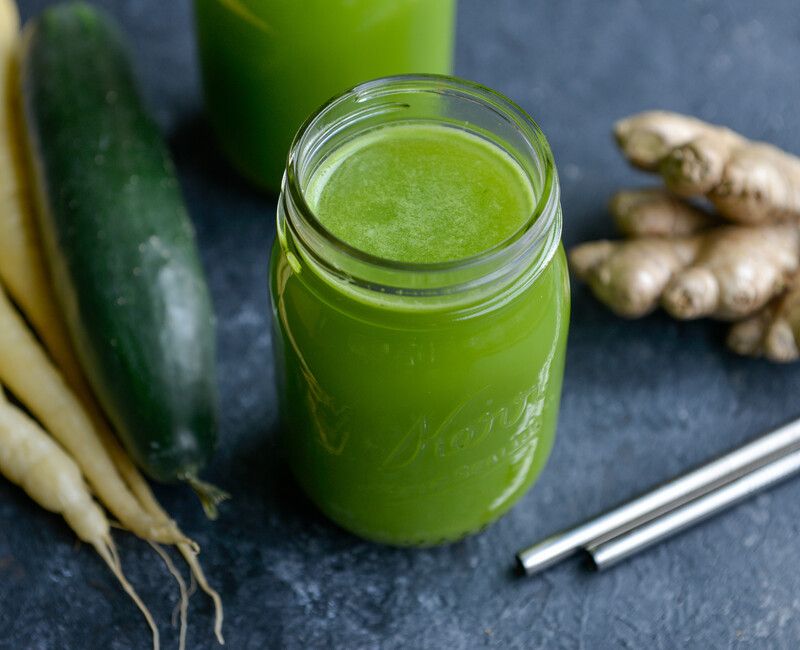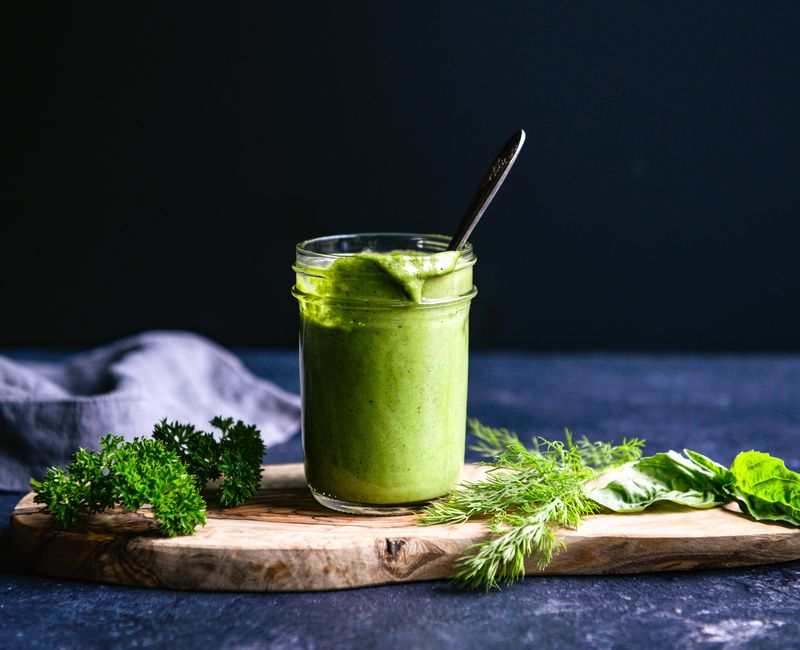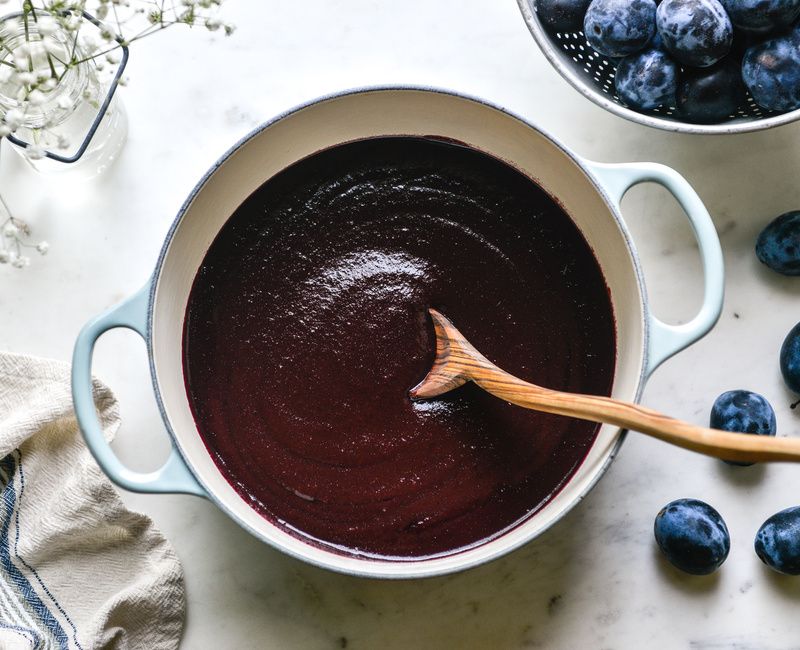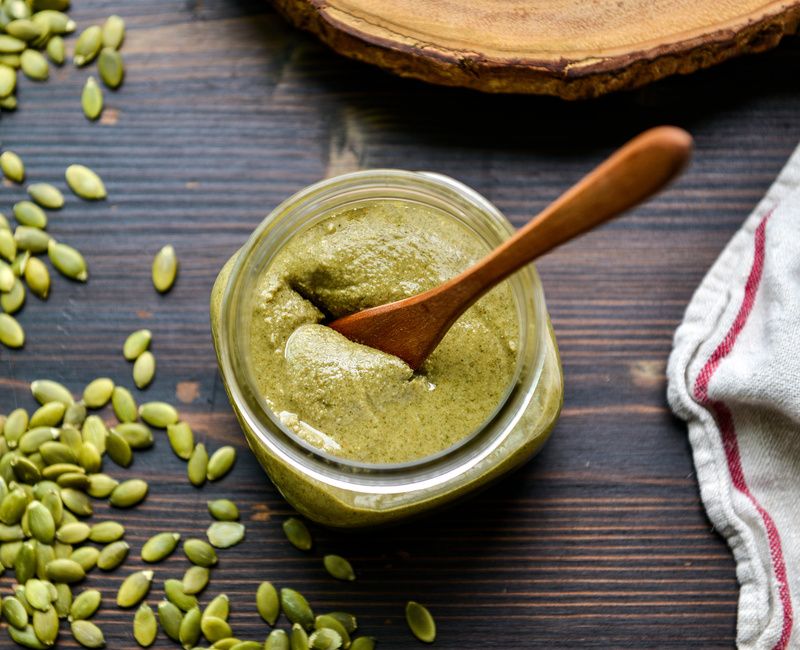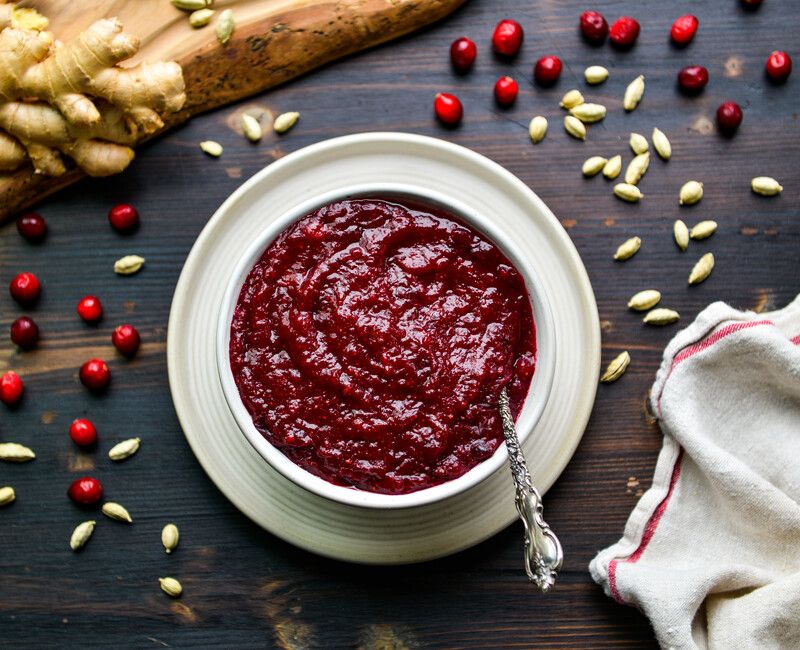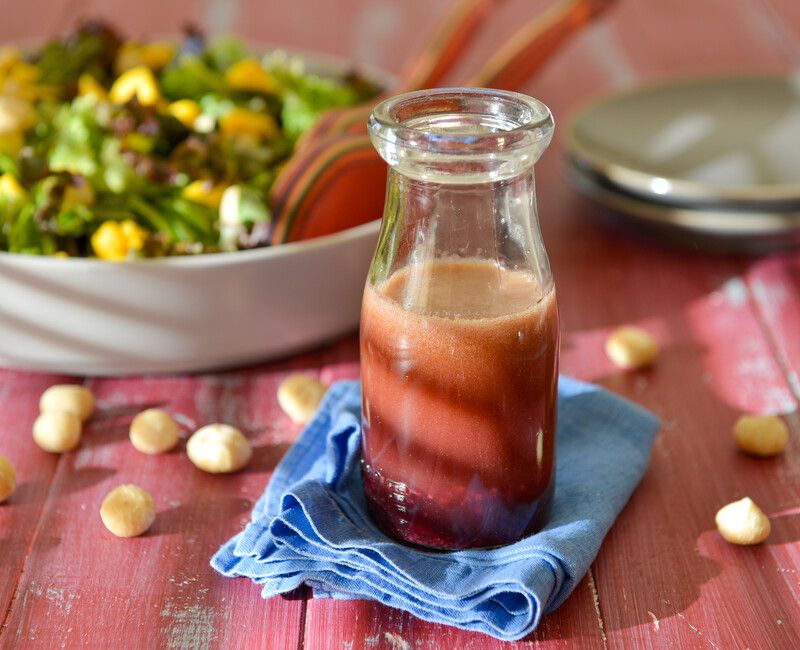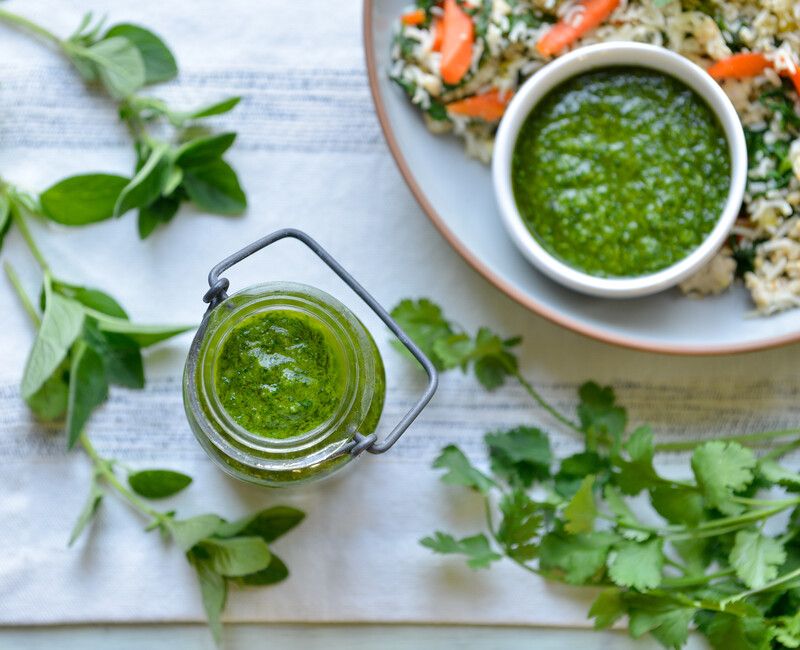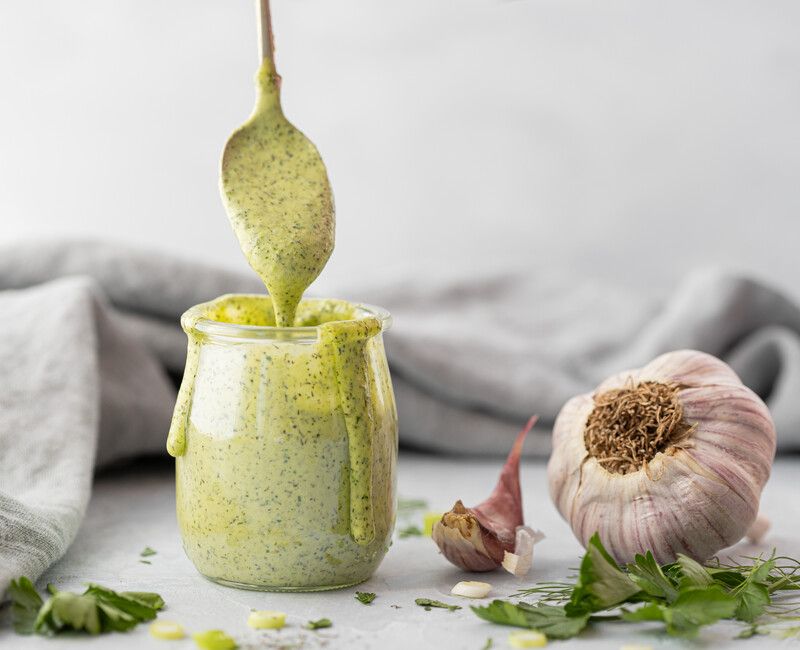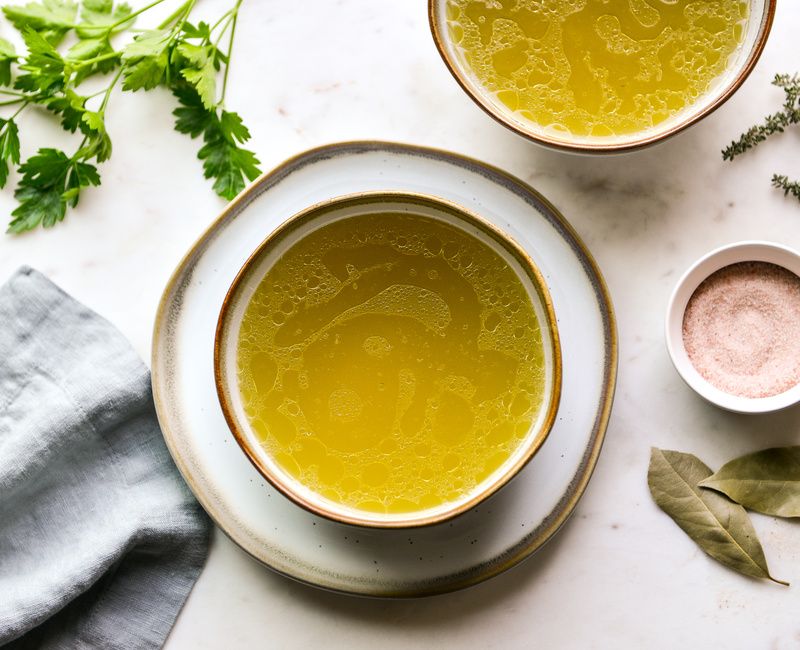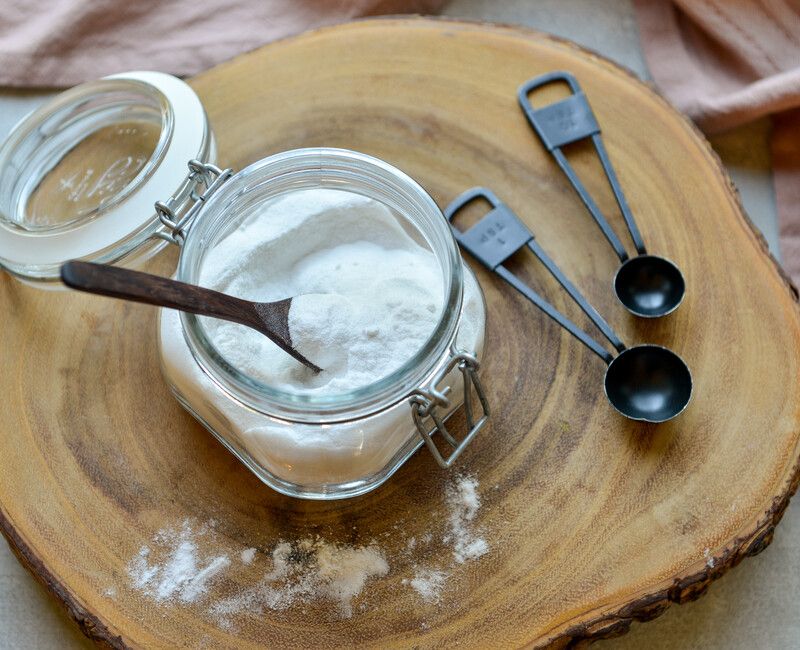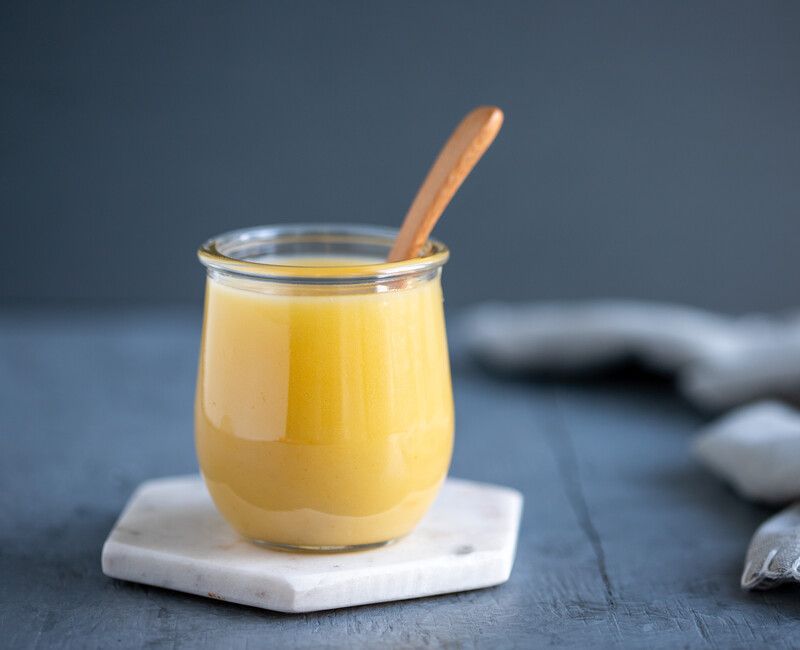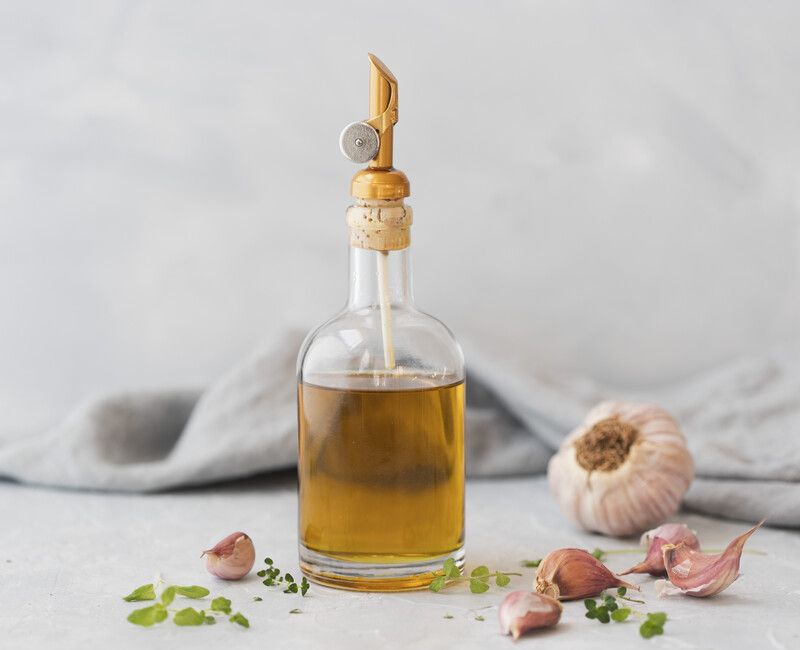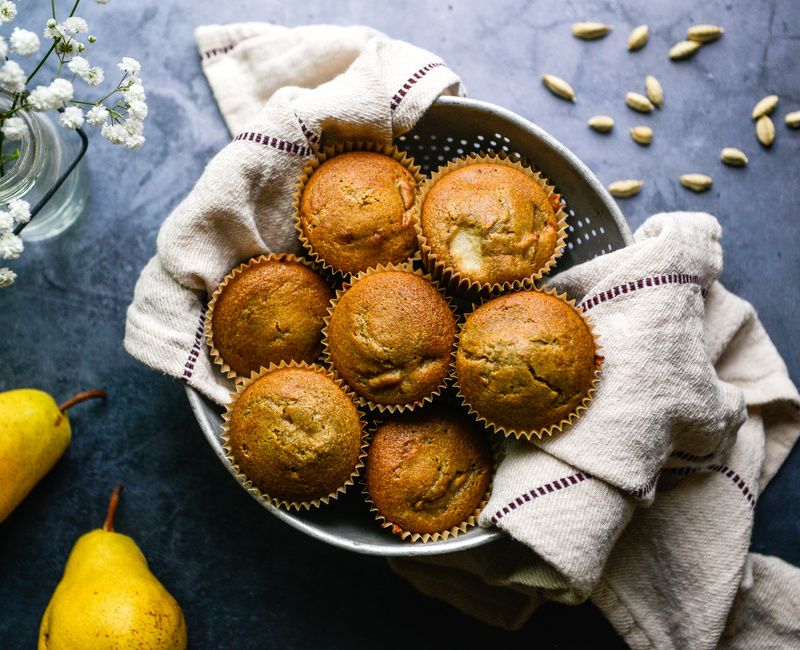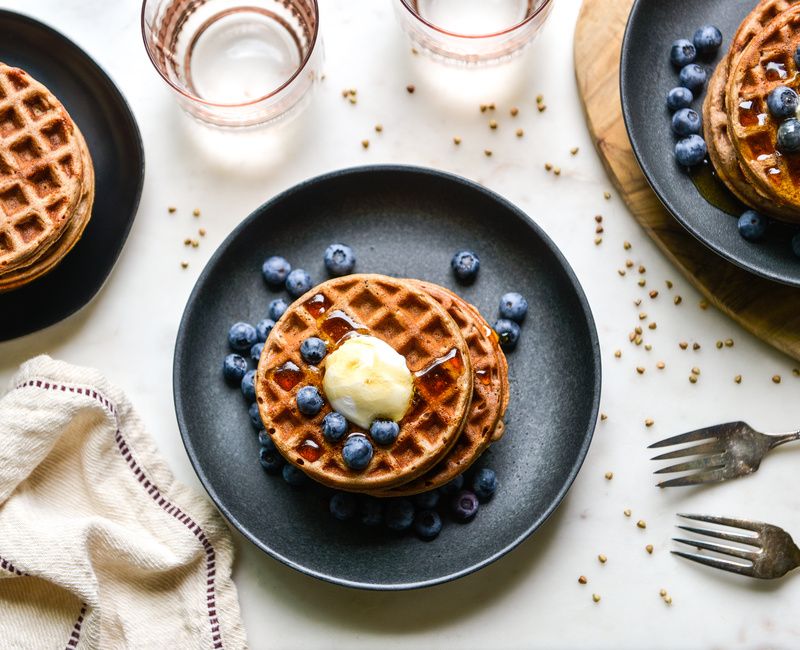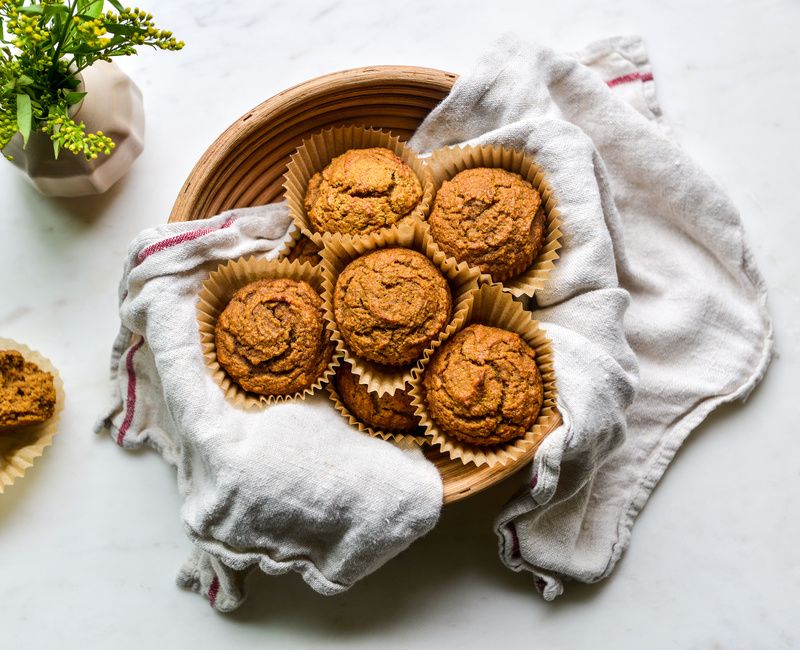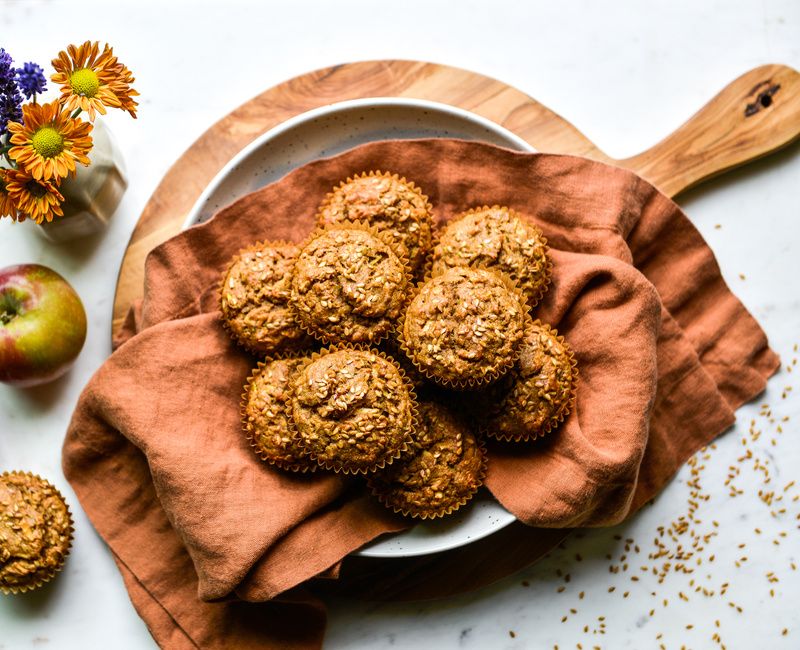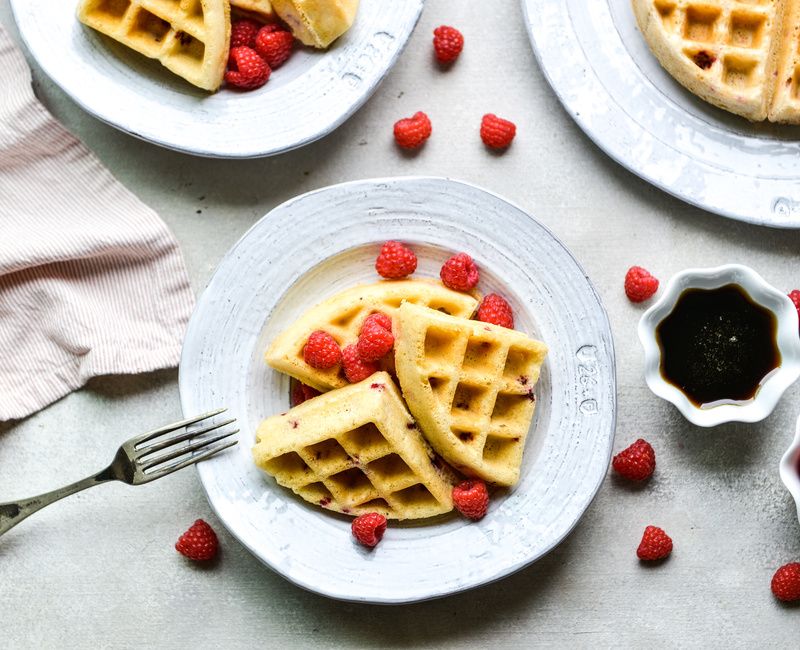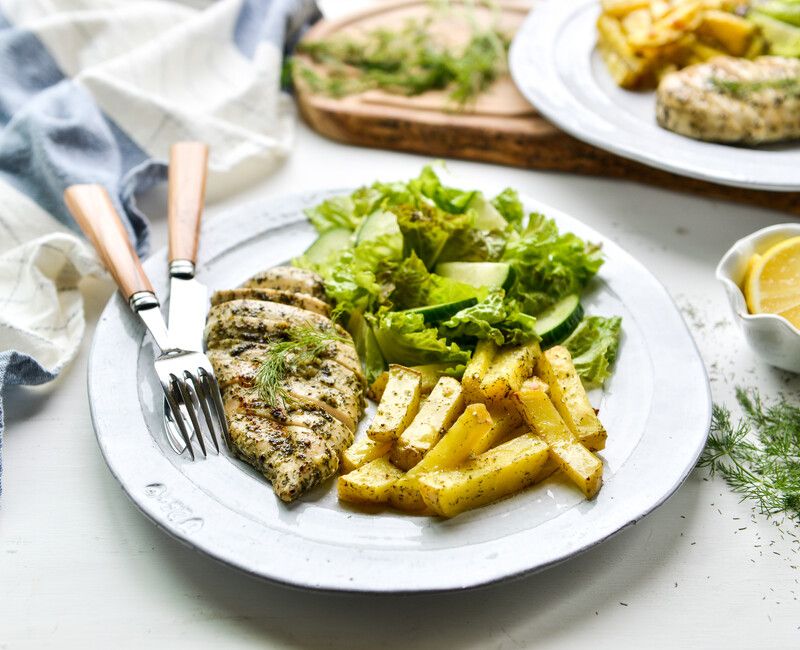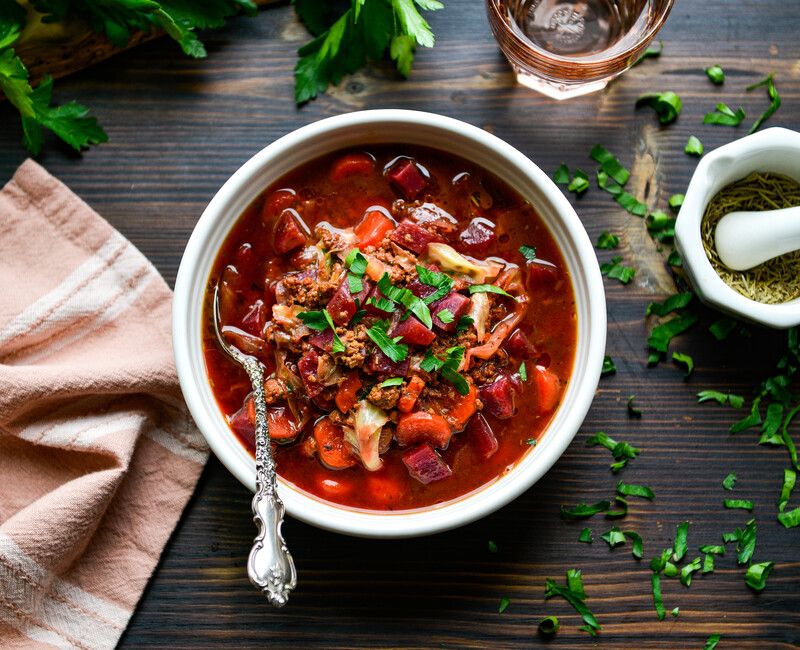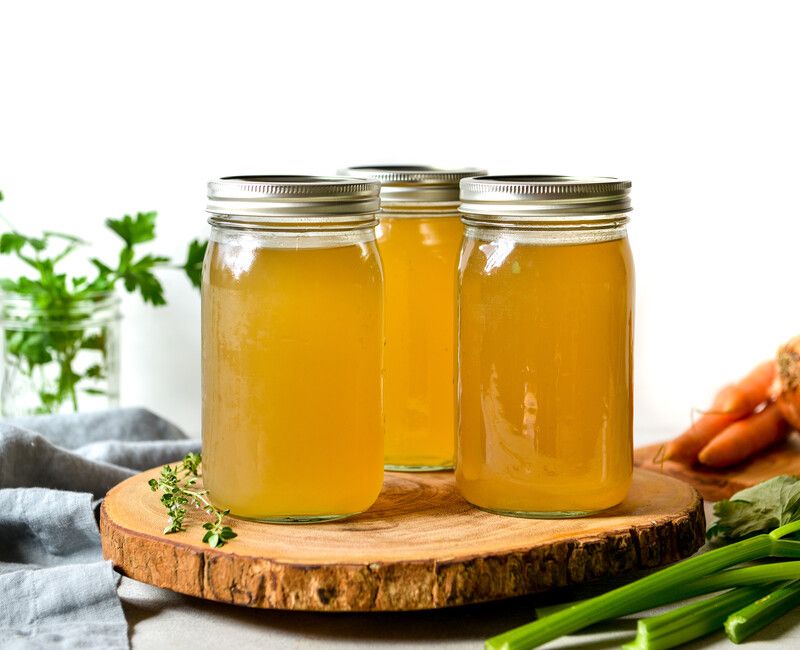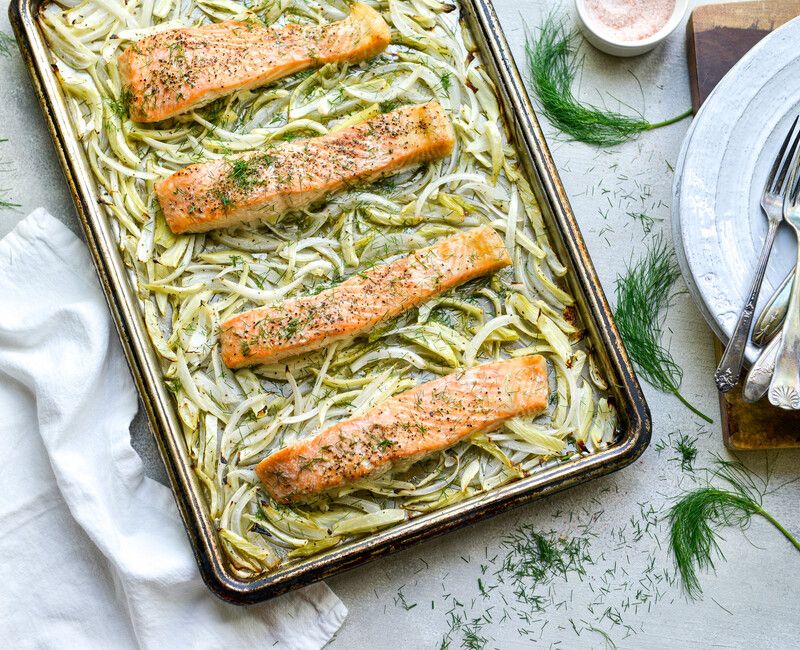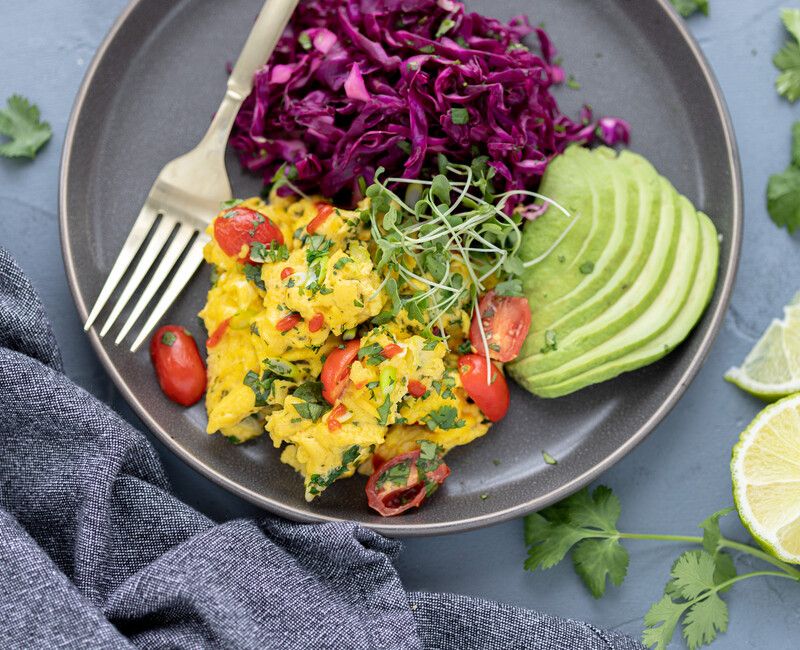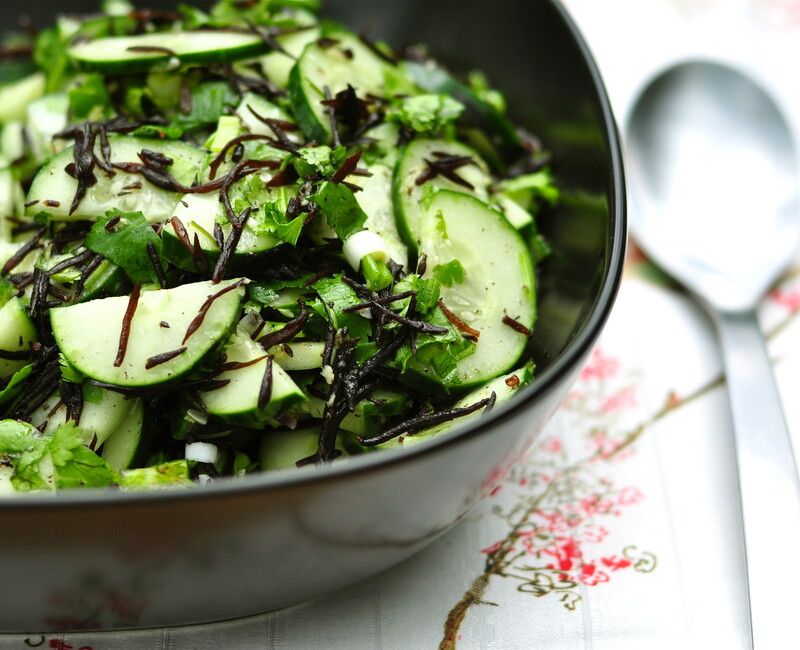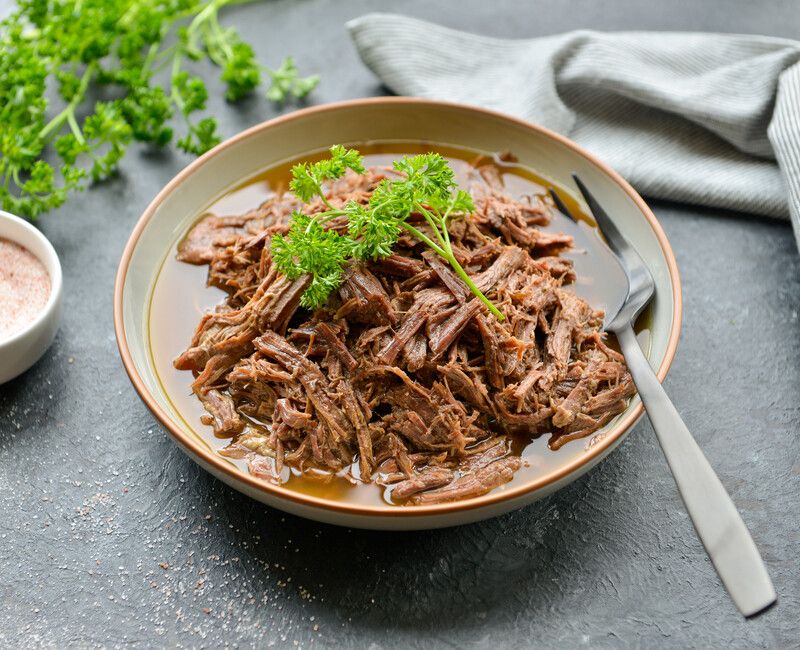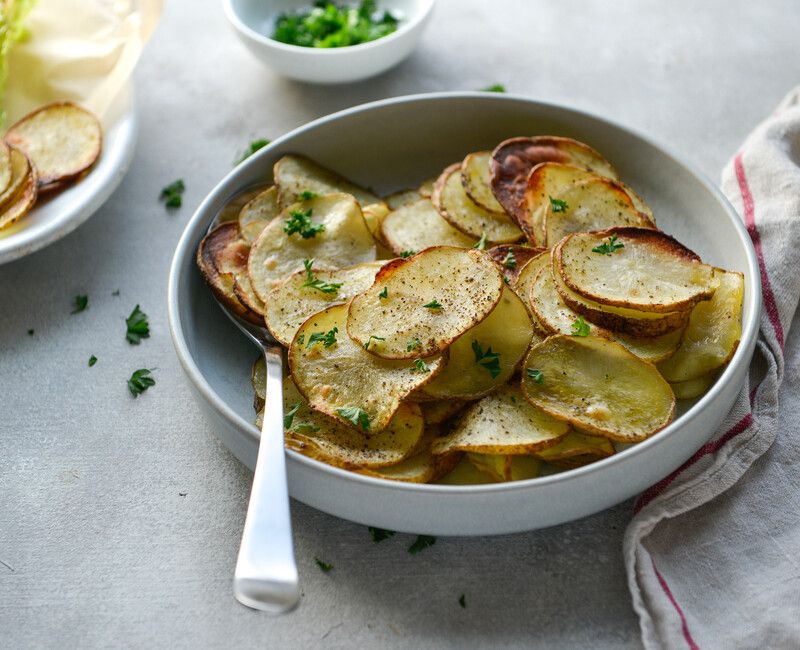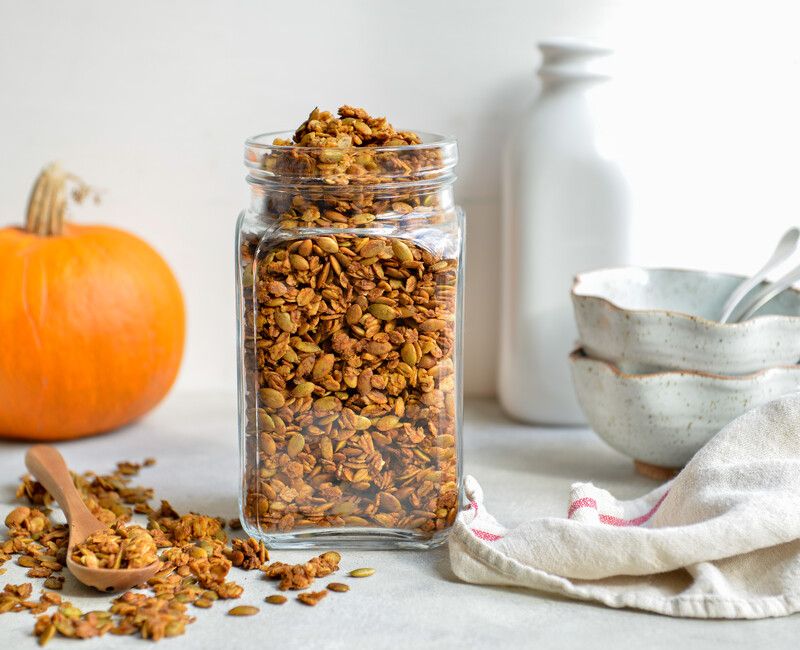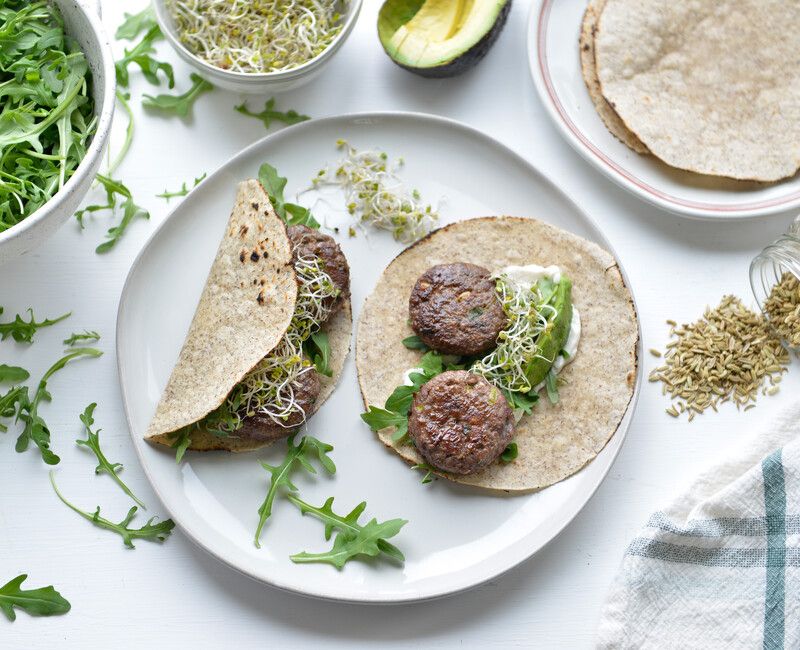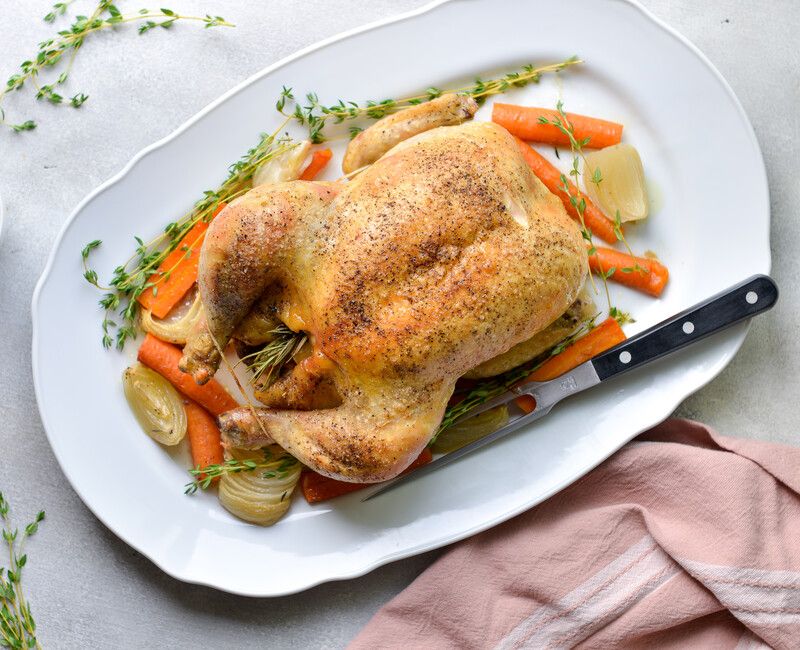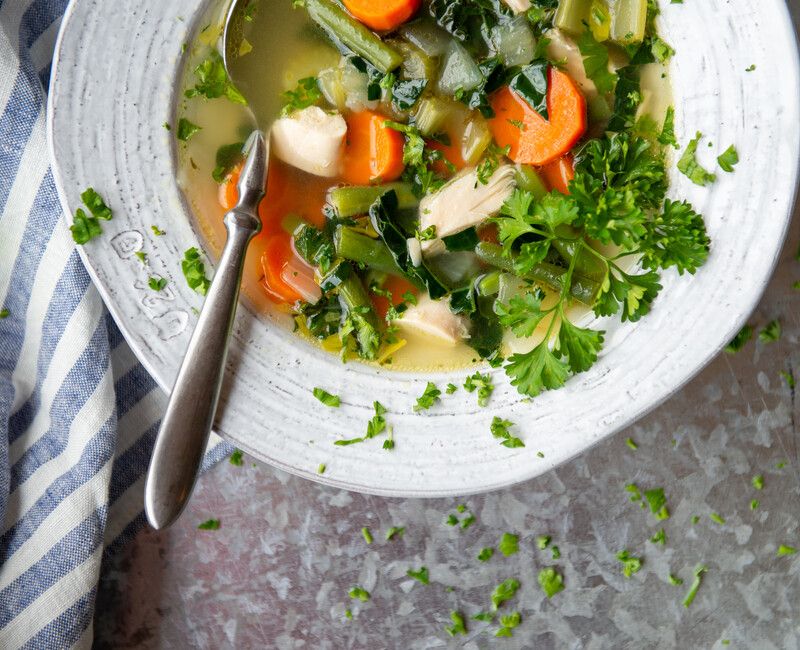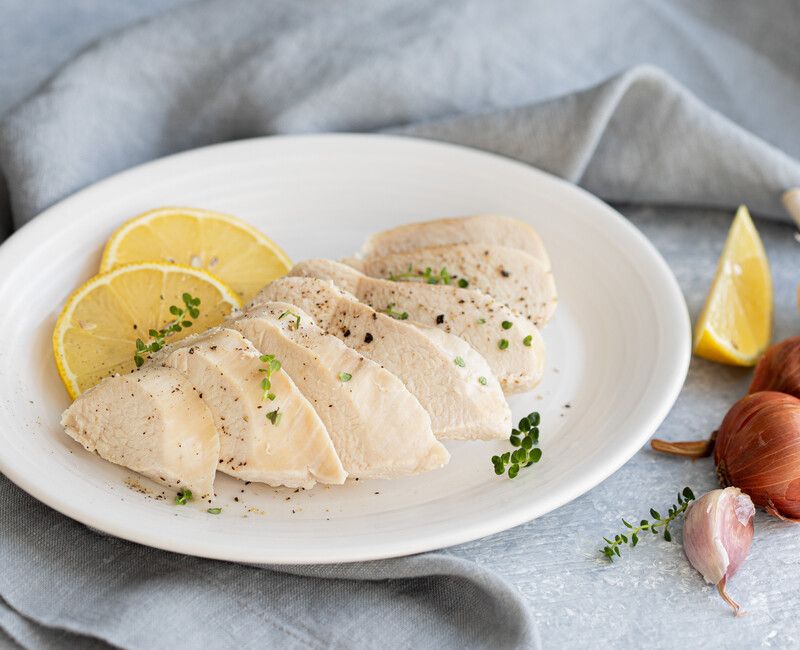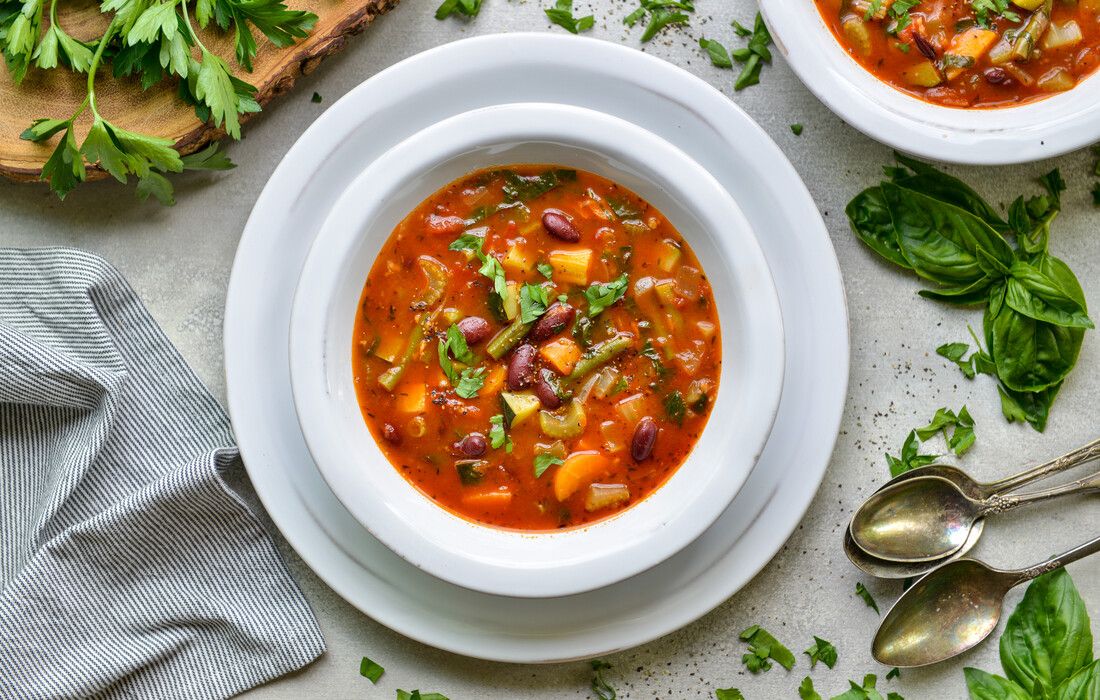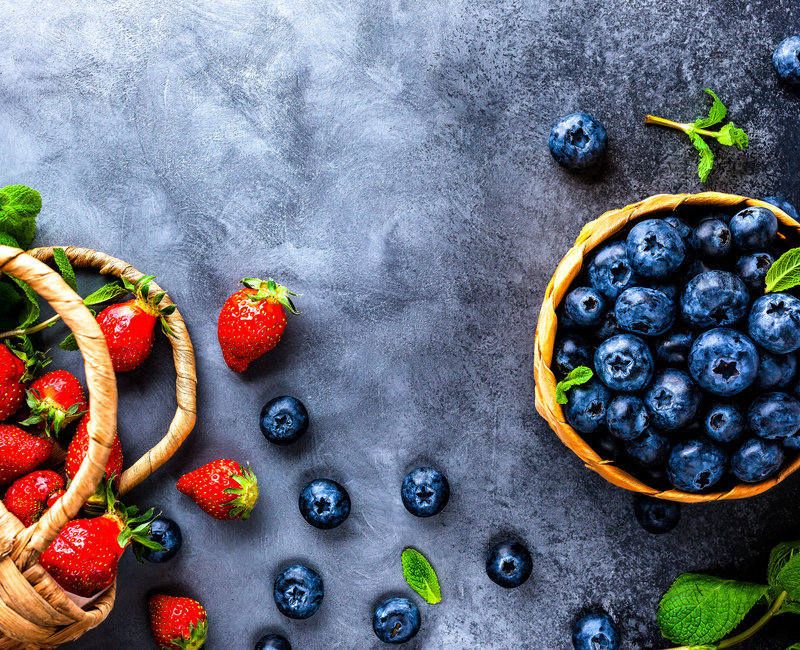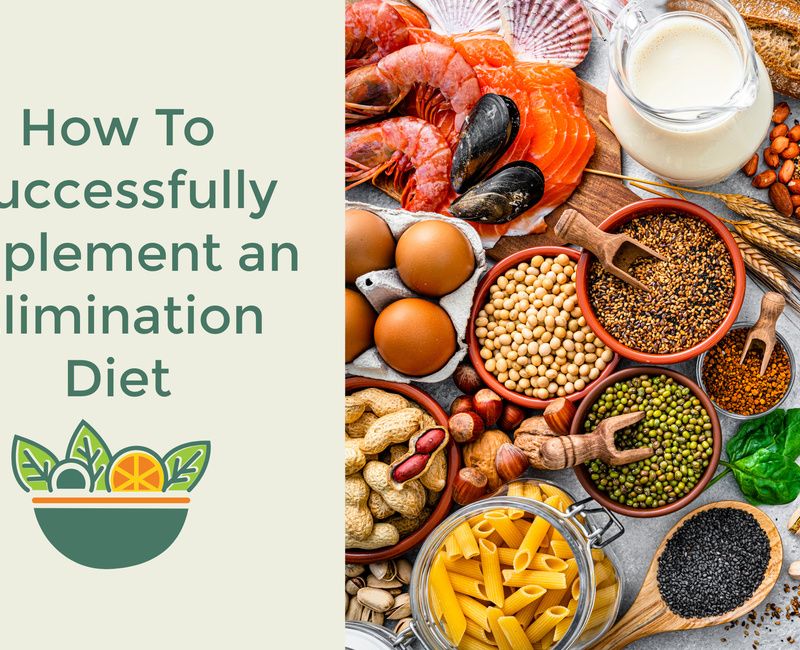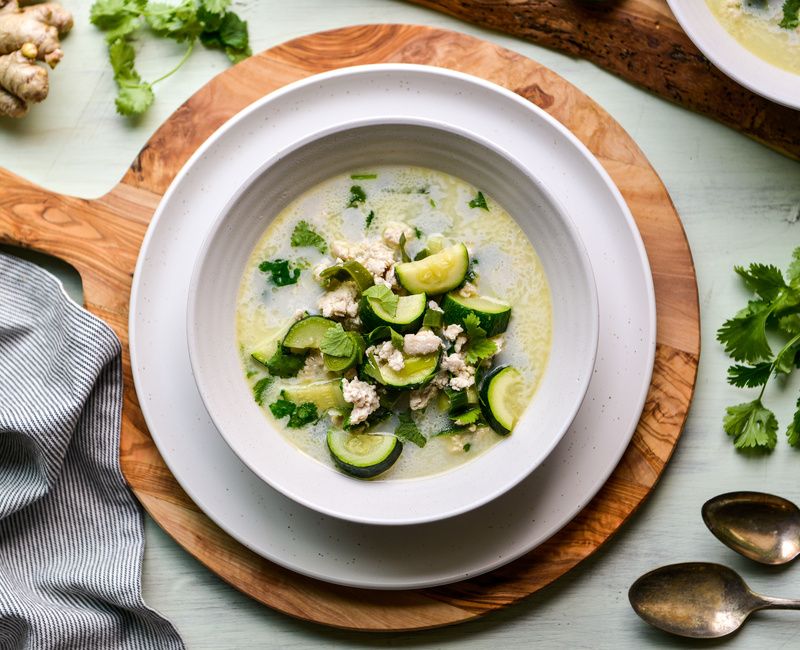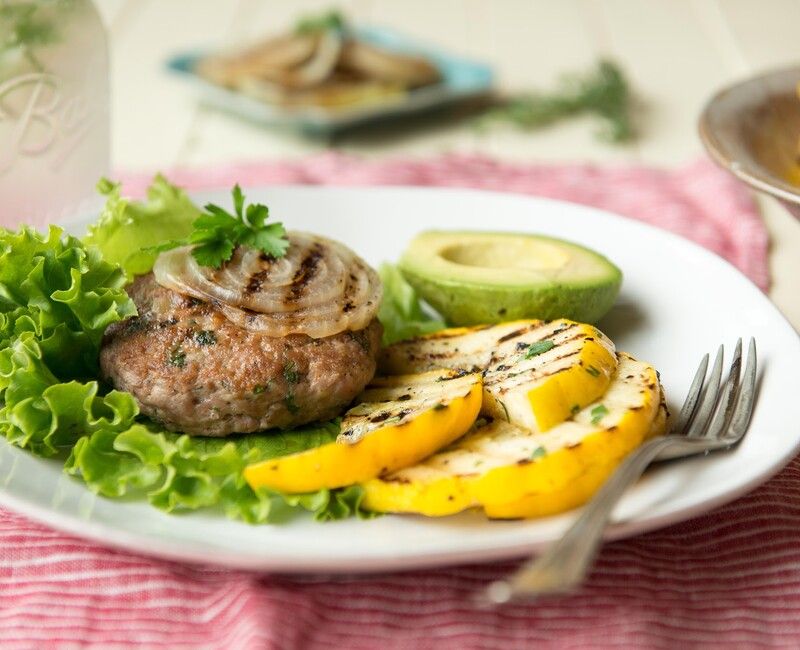Low-Histamine Diet
Clusters of seemingly unrelated symptoms—such as migraines, hives, brain fog, nausea, and insomnia—may be connected by a common thread: histamine intolerance. Histamine is a naturally occurring compound found in some foods and produced by immune cells in the body. Normally, the enzyme diamine oxidase (DAO) helps break down excess histamine in the gut. But for those with low DAO activity—due to genetics, gut damage, or inflammation—histamine can build up and trigger widespread symptoms. A Low-Histamine Diet offers a therapeutic way to reduce symptoms and support healing. By focusing on fresh, unprocessed foods that are low in histamine and avoiding those that release or block DAO, many people notice improvement within days.
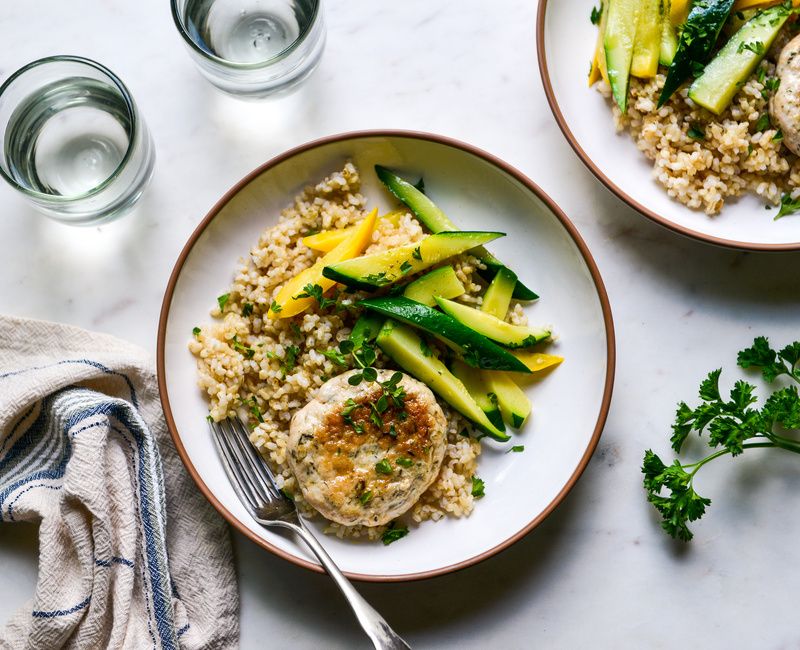
Latest Anti-Inflammatory Diet Recipes
Low-Histamine Diet Safe with Modifications
What is the Low-Histamine Diet?
The Low-Histamine Diet significantly reduces dietary histamine intake and supports your body’s ability to break down histamine naturally. It does this by eliminating high-histamine foods, foods that stimulate histamine release, and foods that inhibit DAO production. Because histamine levels in food rise over time, this plan emphasizes fresh, home-cooked meals with minimal leftovers.
Histamine is created when bacteria break down the amino acid histidine. This means aging, fermented, and improperly stored foods are major histamine culprits. By removing these and adding gut-stabilizing, anti-inflammatory foods, this diet helps calm histamine responses, reduce symptoms, and restore balance.
Who is the Low-Histamine Diet For?
This diet is ideal for individuals with:
-
Histamine intolerance or suspected DAO deficiency
-
Mast cell activation syndrome (MCAS)
-
Chronic hives or itching
-
Intermittent loose stools, abdominal pain, or visceral hypersensitivity
-
Migraines or cluster headaches
-
Insomnia, restless leg syndrome, or night sweats
-
Flushing, wheezing, or runny nose
-
Anxiety, brain fog, or chronic fatigue
If you’ve experienced relief from antihistamines or noticed worsening symptoms with fermented or aged foods, a Low-Histamine Diet could be a helpful next step in your healing journey.
How the Low-Histamine Diet Works:
The diet works by lowering your histamine burden and supporting your body’s natural detox and digestive systems. This is done by:
-
Eliminating histamine-rich foods (aged, fermented, or processed)
-
Avoiding histamine-liberators that trigger mast cells to release histamine
-
Removing DAO inhibitors that block your body’s ability to break down histamine
-
Reducing gut permeability by removing gluten, alcohol, and inflammatory foods
-
Stabilizing mast cells through quercetin-rich, anti-inflammatory foods
Freshness is essential. Histamine increases in food over time, so aim to freeze leftovers immediately or consume within 24 hours.
Foods to Avoid on the Low-Histamine Diet:
High-Histamine Foods:
-
Aged cheese, fermented dairy
-
Fermented vegetables (sauerkraut, kimchi)
-
Vinegars and fermented condiments (fish sauce, tamari, coconut aminos)
-
Cured or smoked meats (salami, bacon, jerky)
-
Canned fish (tuna, sardines, anchovies)
-
Alcohol (especially wine and beer)
-
Store-bought broths and bouillon
-
Tomatoes, spinach, eggplant, avocado, mushrooms
-
Leftovers not promptly frozen
Histamine-Liberators:
-
Shellfish
-
Citrus fruits (lemons, oranges, grapefruit)
-
Strawberries
-
Nuts (especially walnuts and cashews)
-
Chocolate
DAO Inhibitors:
-
Alcohol
-
Black tea, green tea, energy drinks
-
Certain fruits: bananas, pineapple, kiwi, raspberries
-
Legumes (especially soy and peanuts)
Foods to Eat on a Low-Histamine Diet:
Fresh, Low-Histamine Foods:
-
Fresh meats: chicken, turkey, lamb, beef, pork (consume or freeze within 24 hours)
-
Fresh fish (wild salmon, cod, halibut; must be VERY fresh or frozen at sea)
-
Eggs (pastured and organic preferred)
-
Dairy: butter, cream, milk (fresh, unfermented only; test tolerance)
-
Gluten-free grains: quinoa, rice, millet, teff, buckwheat
-
Starches: potatoes, sweet potatoes, winter squash
-
Fresh fruits: blueberries, apples, mango, watermelon
-
Fresh vegetables: zucchini, carrots, celery, lettuce, cucumbers
-
Herbs and mild spices: parsley, basil, turmeric, ginger, cumin
-
Coconut products: milk, oil, shredded coconut
-
Oils: olive oil, avocado oil, coconut oil
-
Sweeteners: maple syrup, honey, coconut sugar, stevia
-
Nuts and seeds (if tolerated): macadamia, pumpkin, sunflower, flax, chestnuts
Benefits of the Low-Histamine Diet:
-
Reduced hives, itching, and rashes
-
Improved sleep and fewer night sweats
-
Fewer migraines and less brain fog
-
Calmer digestion and fewer IBS-like symptoms
-
Less nasal congestion, post-nasal drip, and flushing
-
More balanced mood and energy
Challenges of the Low-Histamine Diet:
-
Requires very fresh food and minimal leftovers
-
Eating out is challenging due to hidden aged or fermented ingredients
-
Some individuals must trial-and-error to discover their personal tolerance threshold
-
Can feel restrictive initially due to avoiding many common condiments, snacks, and beverages
This plan works best when combined with gut-healing strategies, nervous system support, and targeted supplements like DAO enzymes or histamine-friendly probiotics.
How to Start a Low-Histamine Diet:
-
Become a Nourishing Meals® Member to access Low-Histamine recipes and meal planning tools
-
Set up your user profile to filter for "Low-Histamine Diet" along with any other relevant exclusions (e.g., dairy-free, egg-free)
-
Use the search and filter tools to plan weekly meals using only freshly prepared ingredients
-
Refrigerate or freeze meals immediately—avoid leftovers sitting for more than 24 hours
-
Track symptoms in a food and symptom journal as you begin your healing process
-
Stay flexible and curious—each body has a unique threshold and response to histamine
-
Join our Nourishing Meals Facebook Community for support, recipe inspiration, and guidance from others on a similar path.
Your Invitation
With care, commitment, and the right foods, the Low-Histamine Diet can be a life-changing step toward clarity, comfort, and resilience.
✨ Try Nourishing Meals® free for 7 days and discover how simple—and deeply healing—it can be to follow a therapeutic diet that supports your whole-body vitality.
| Plan | Length | Actions |
|---|---|---|
Low-Oxalate & Low-Histamine Dinners Week 1 |
7 days | Please login to view and schedule plans |
Low-Oxalate & Low-Histamine Dinners Week 2 |
7 days | Please login to view and schedule plans |
Low-Histamine Breakfasts |
8 days | Please login to view and schedule plans |
Low-Histamine Christmas Dinner |
1 day | Please login to view and schedule plans |
Low-Histamine Thanksgiving |
0 days | Please login to view and schedule plans |
Easy Low-Histamine Dinners |
9 days | Please login to view and schedule plans |
3-Day Low-Histamine Diet |
3 days | Please login to view and schedule plans |
